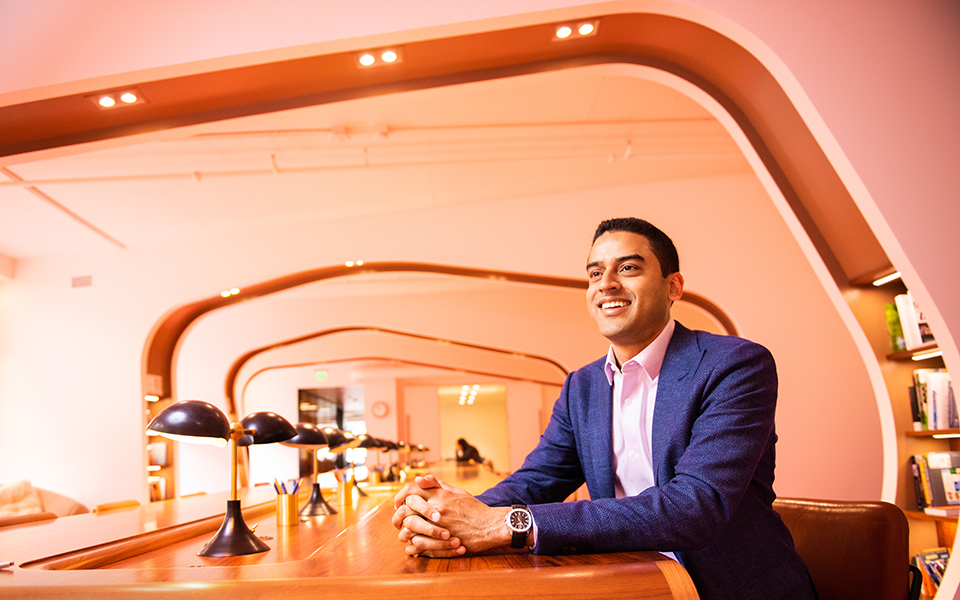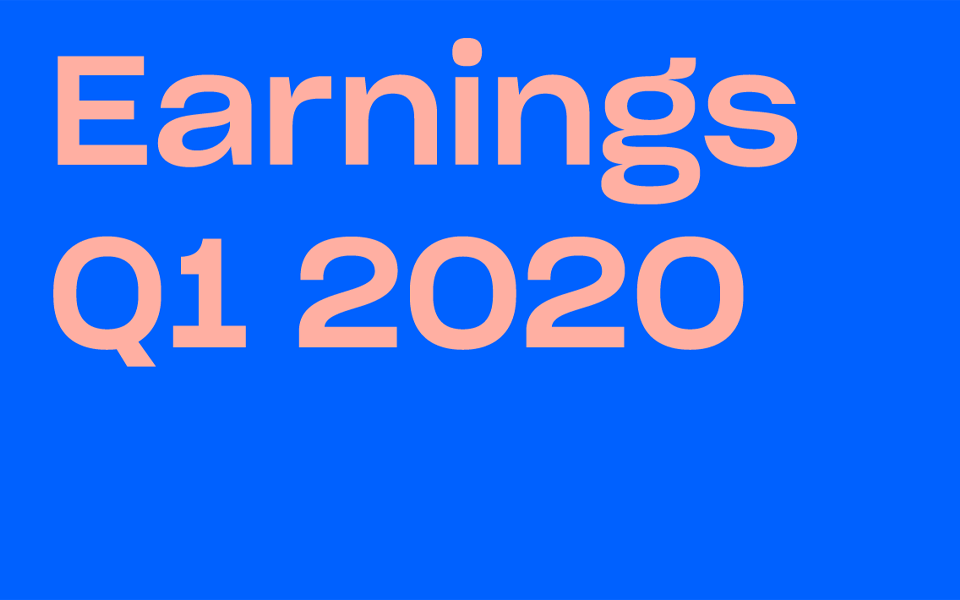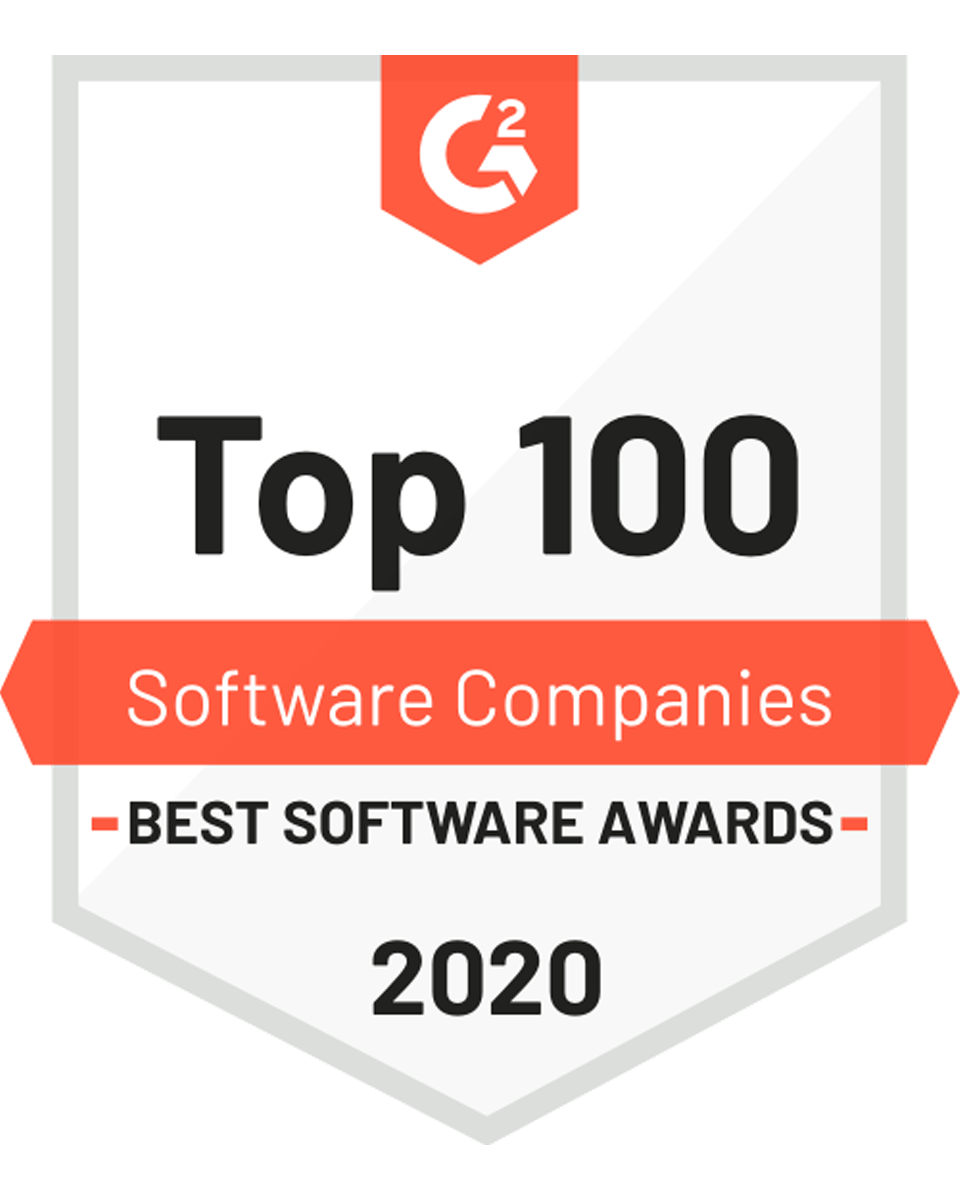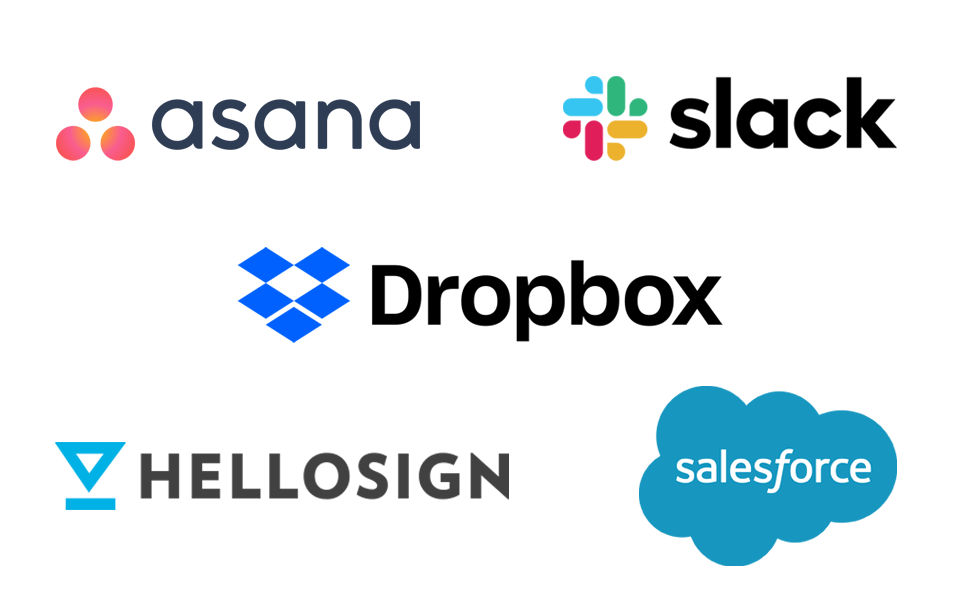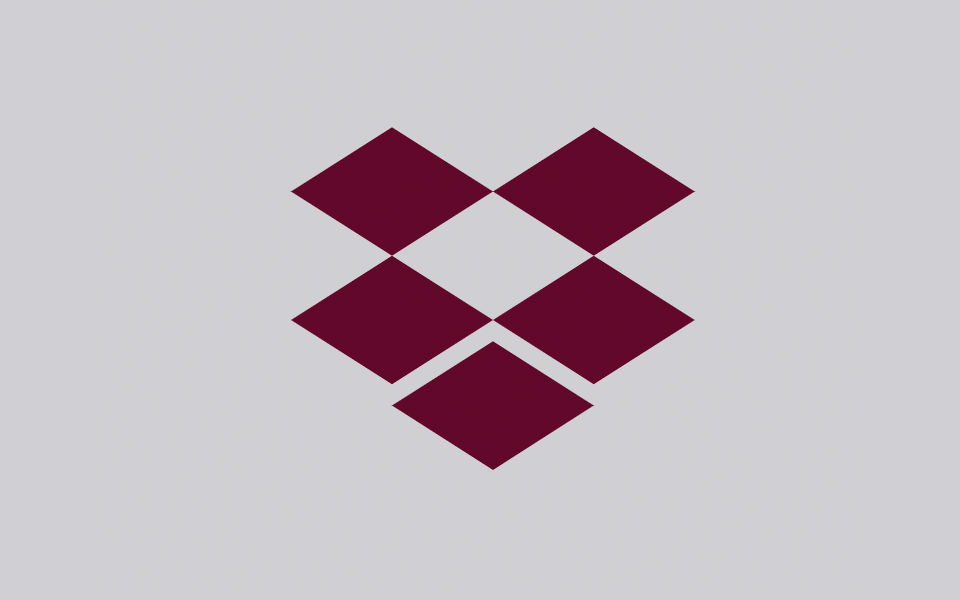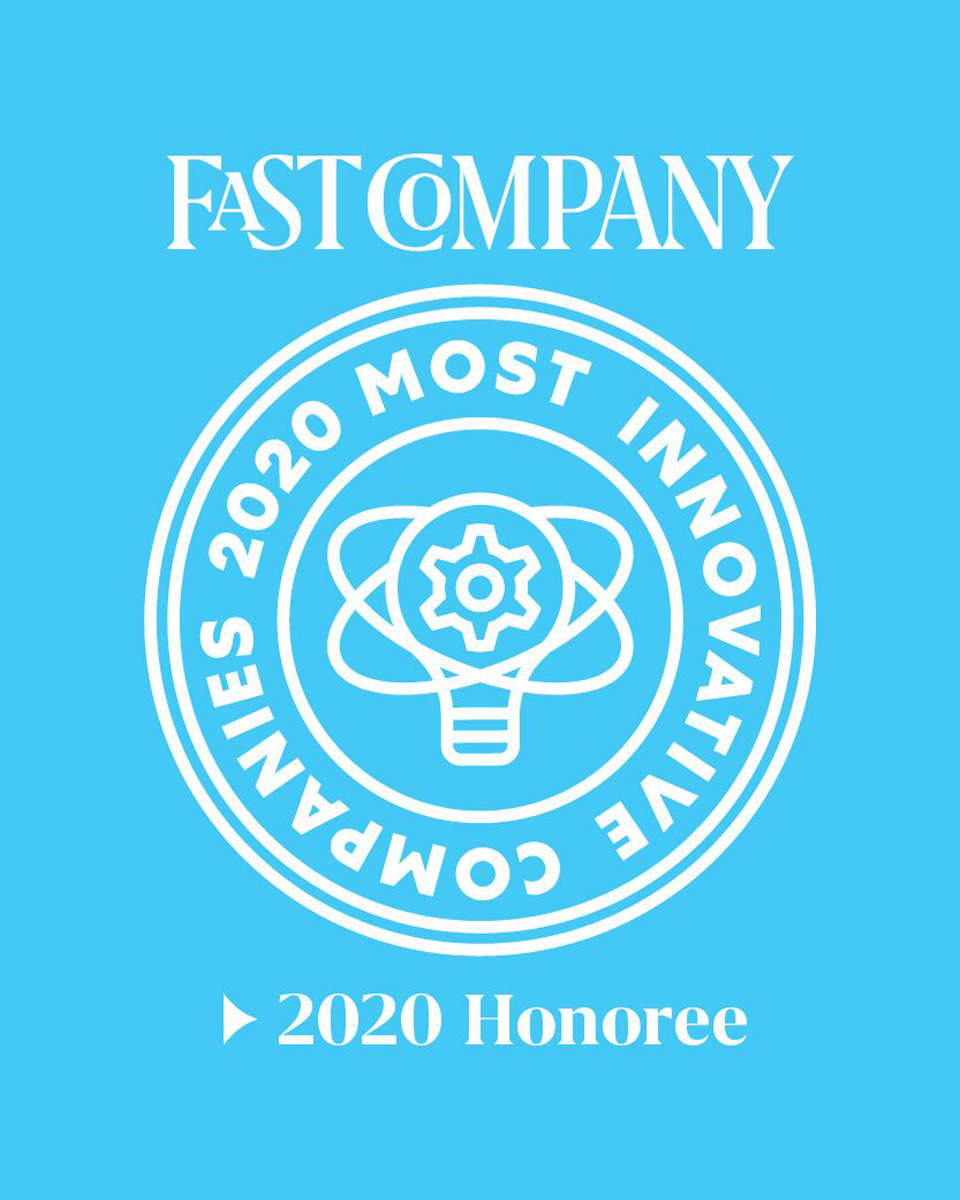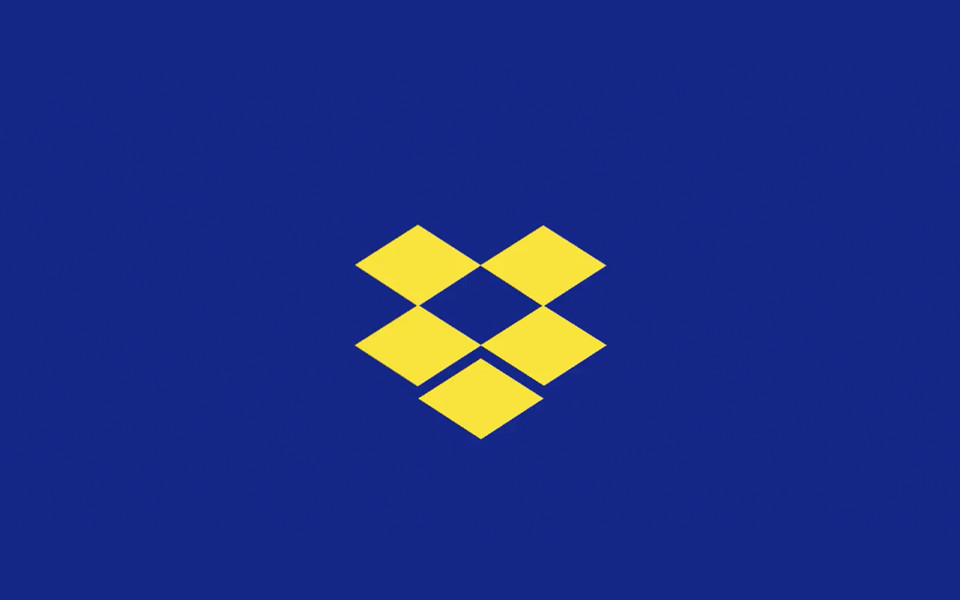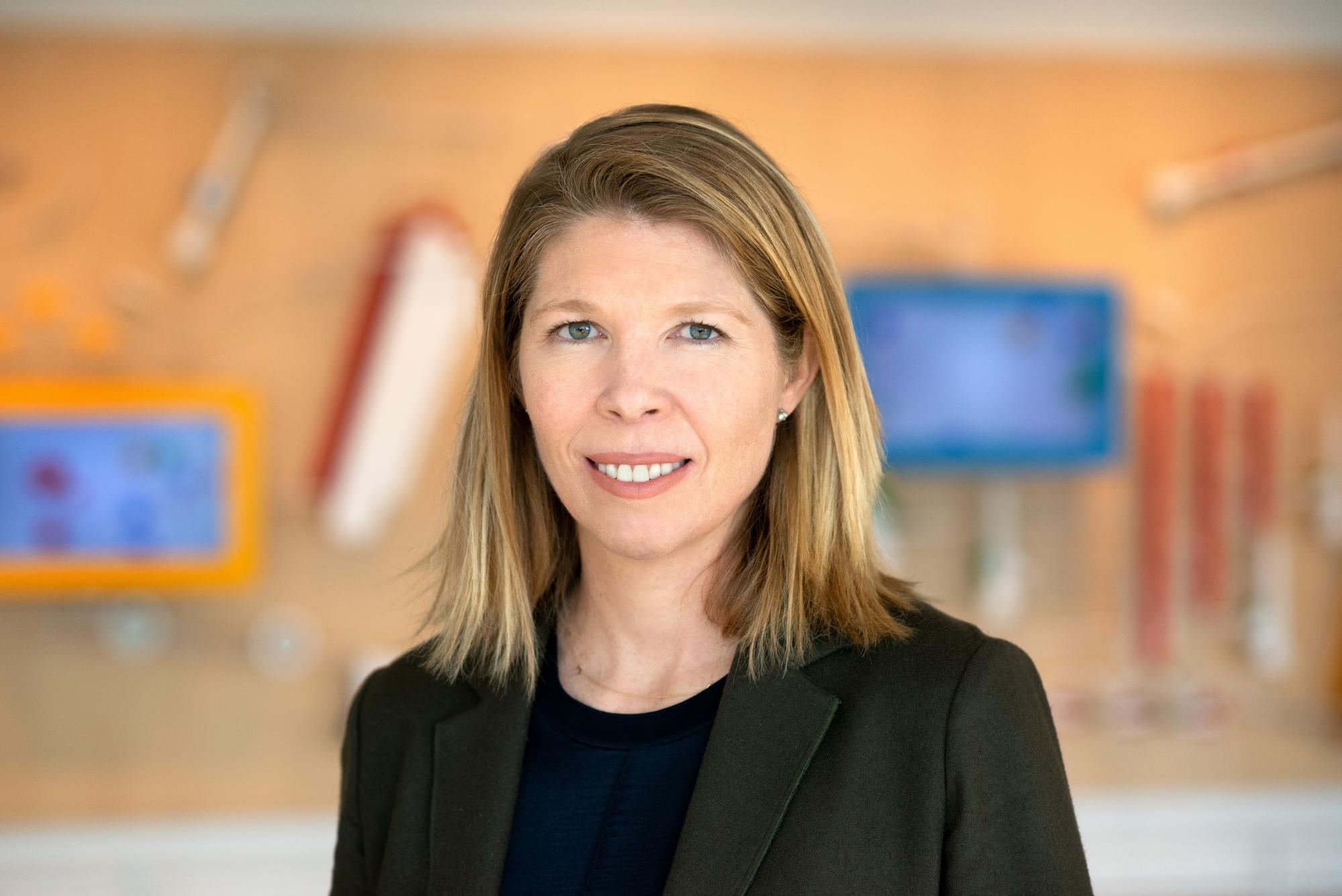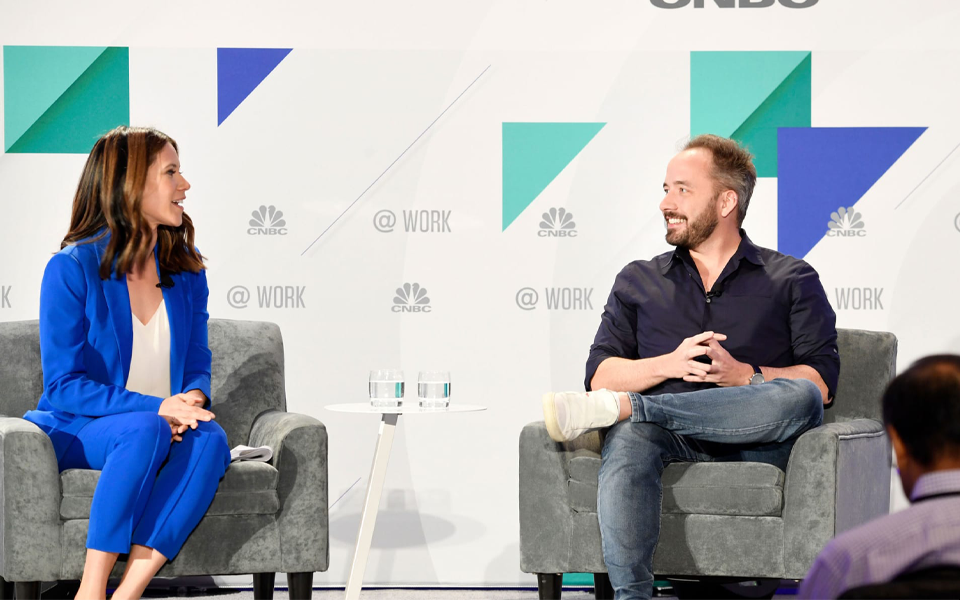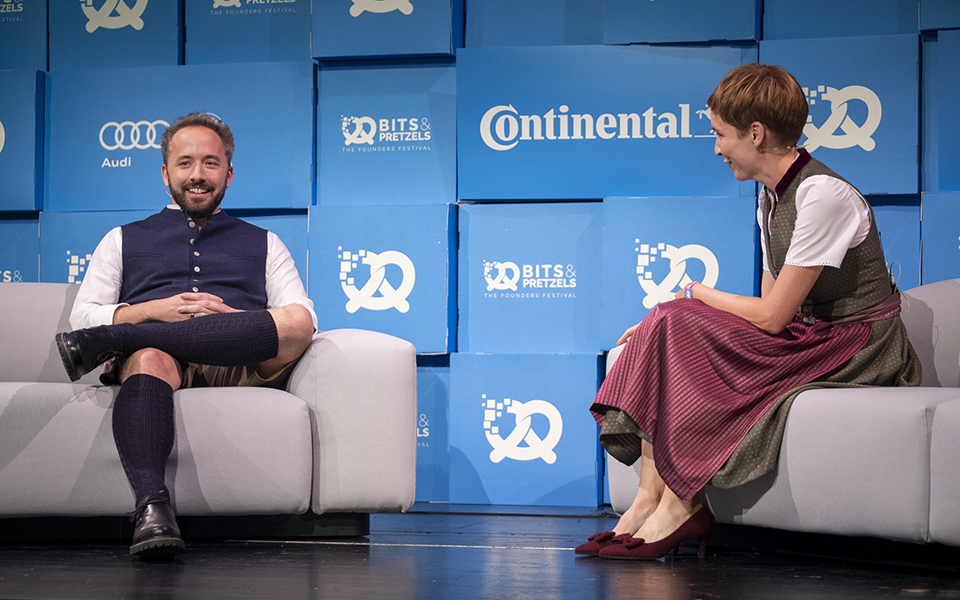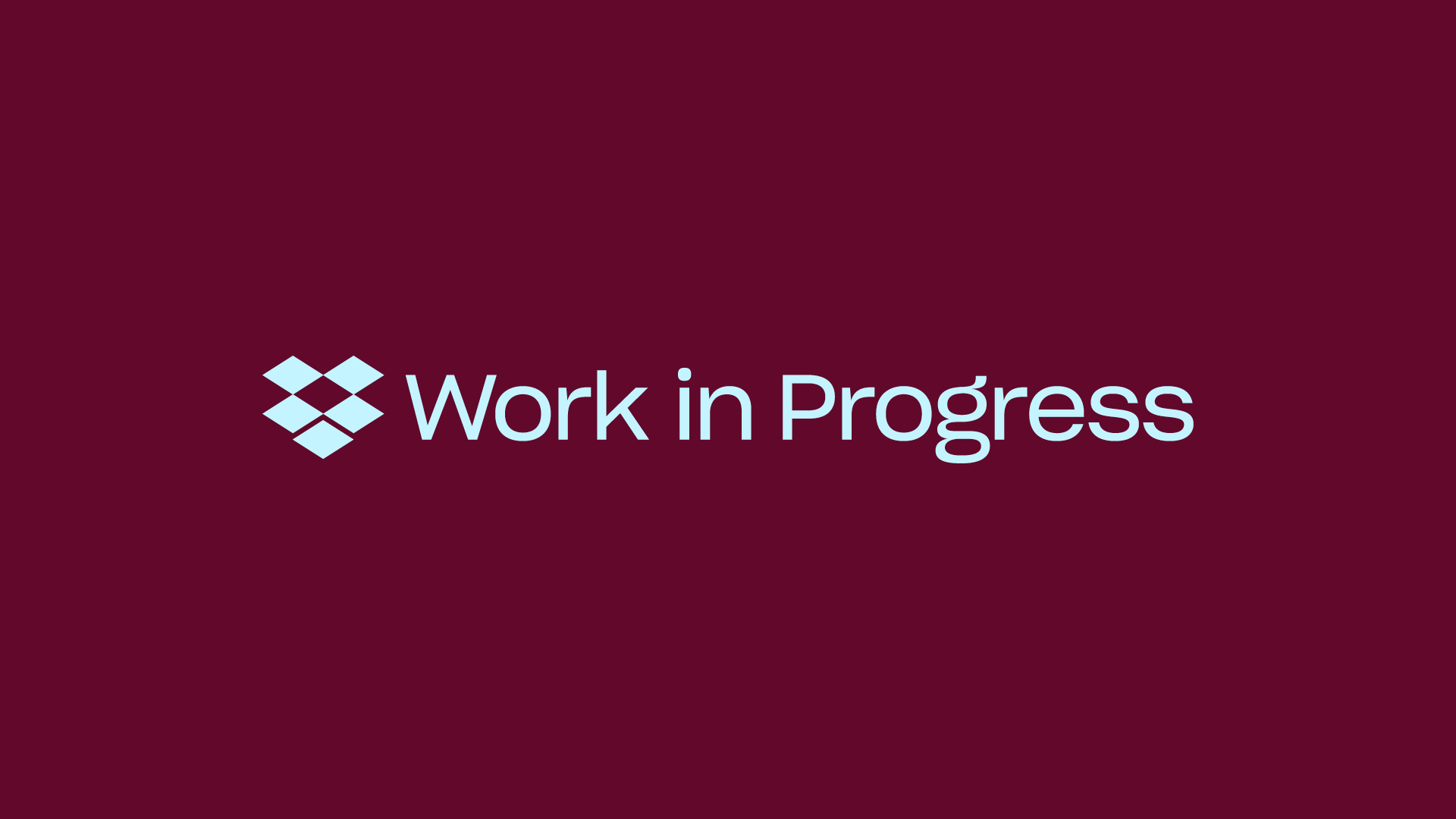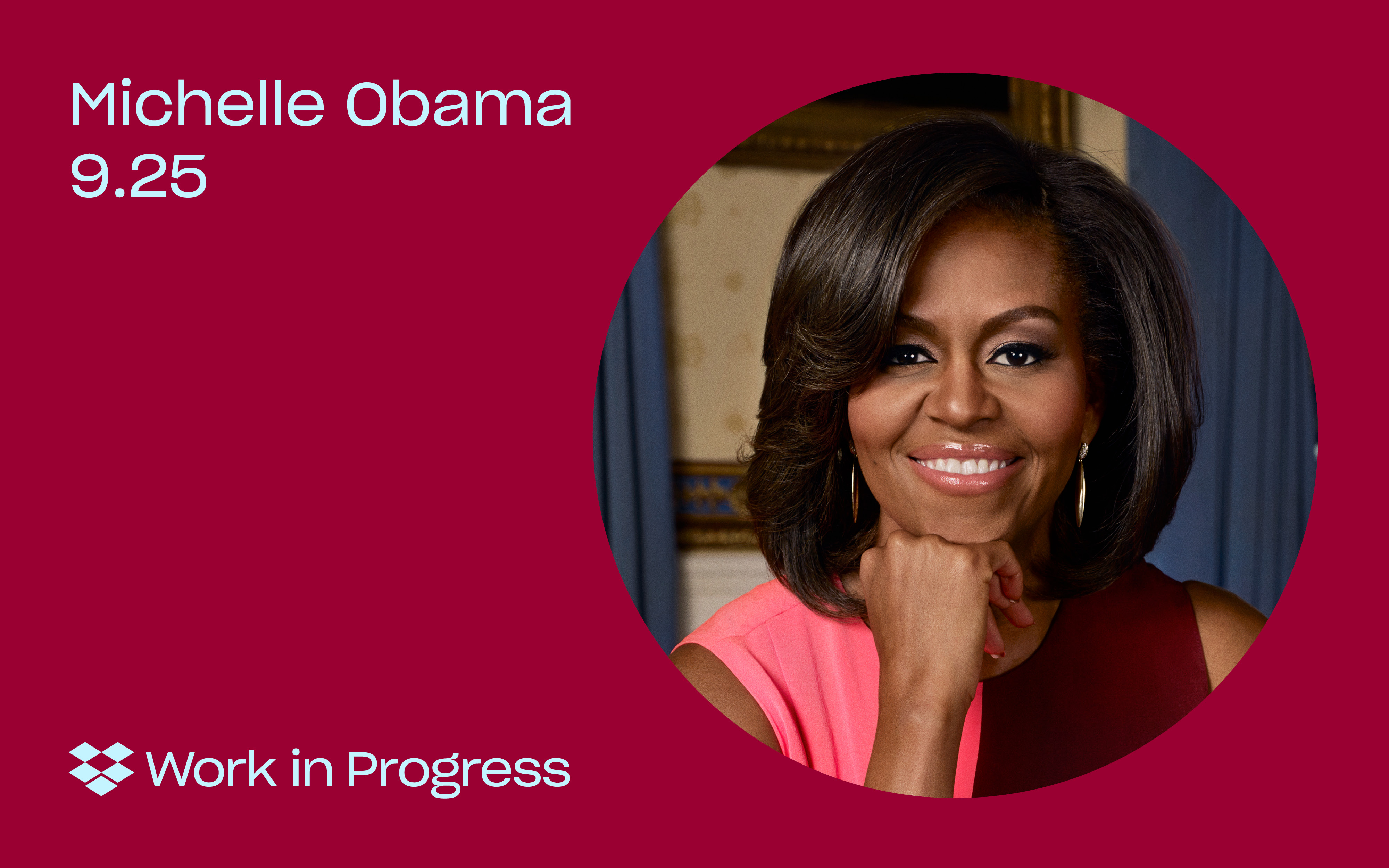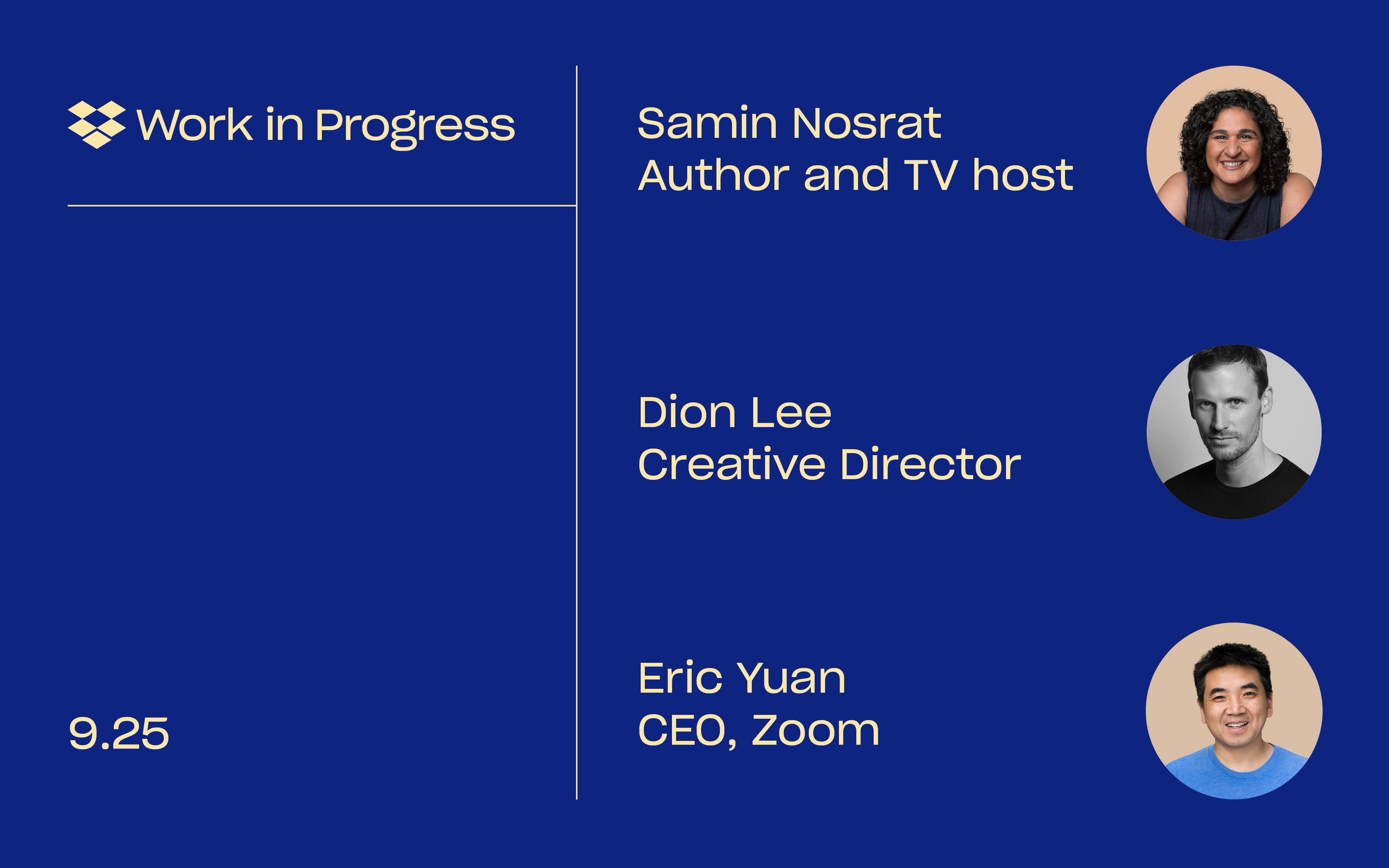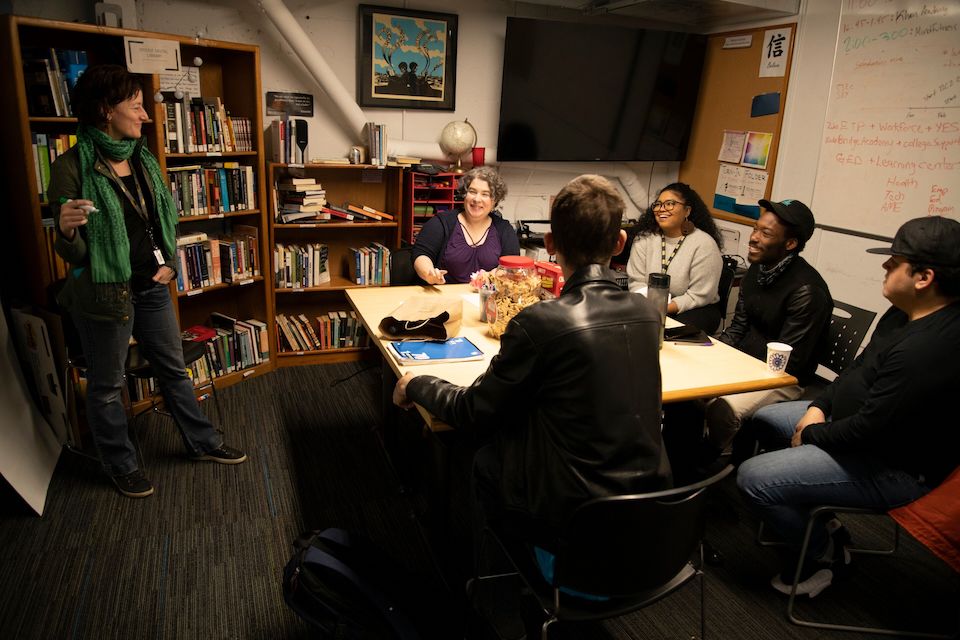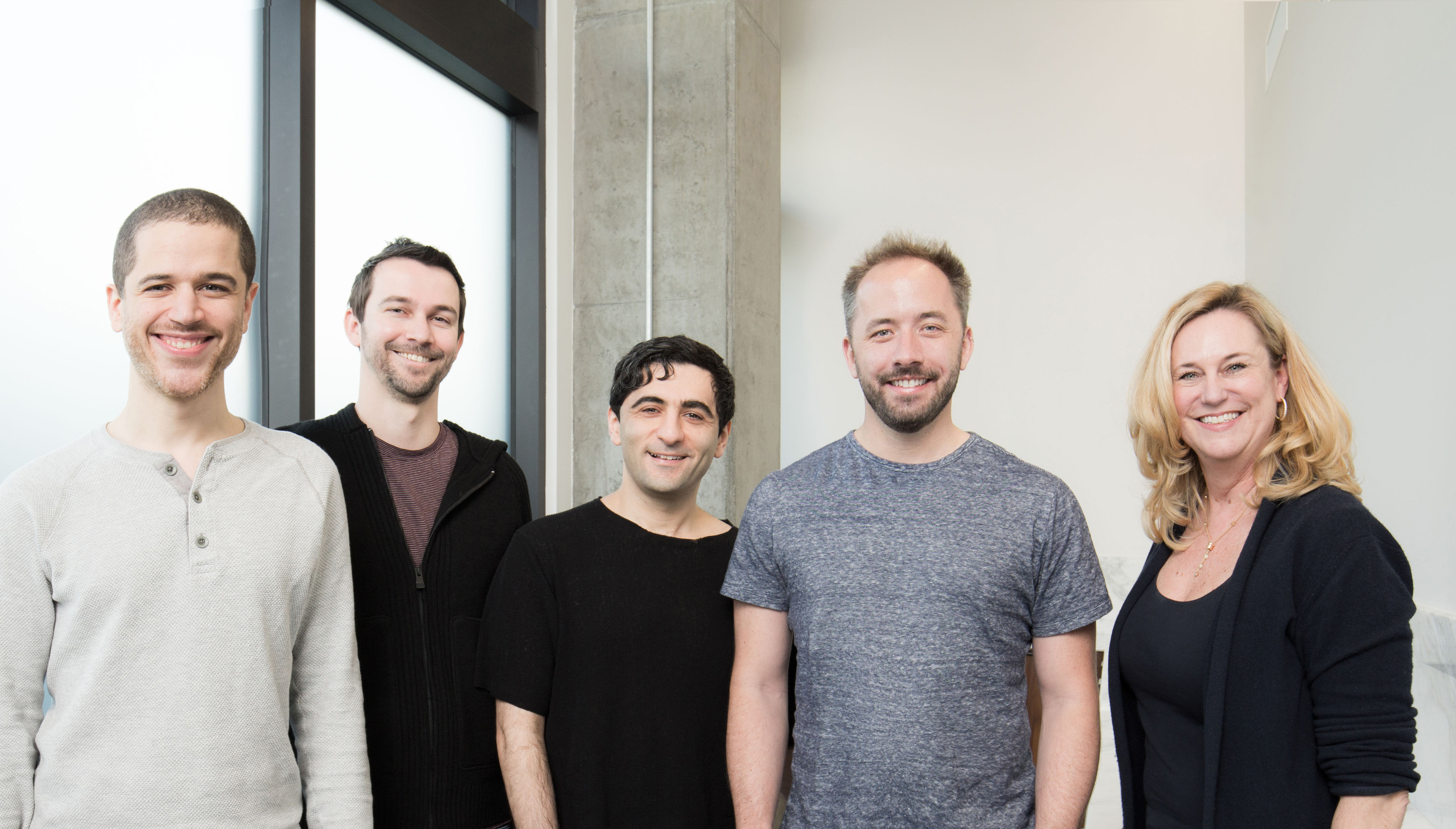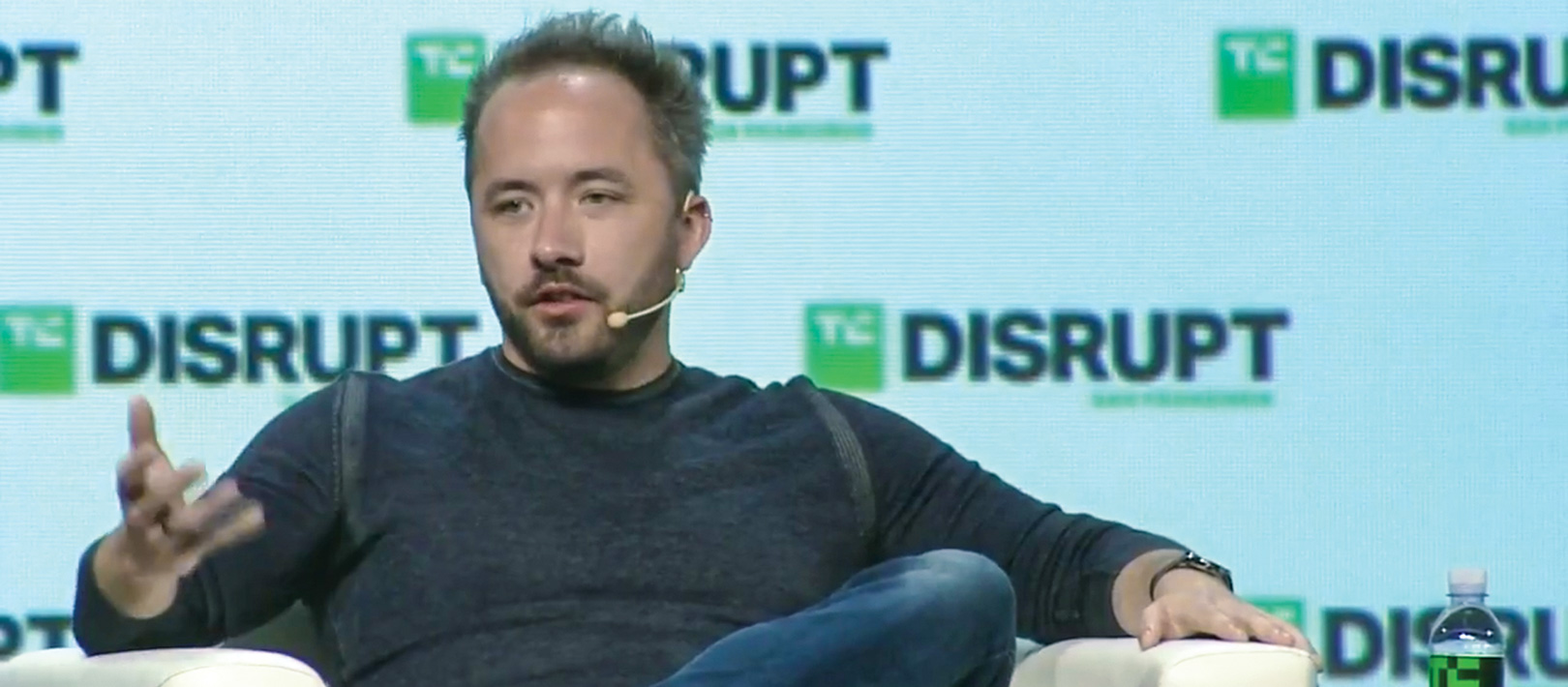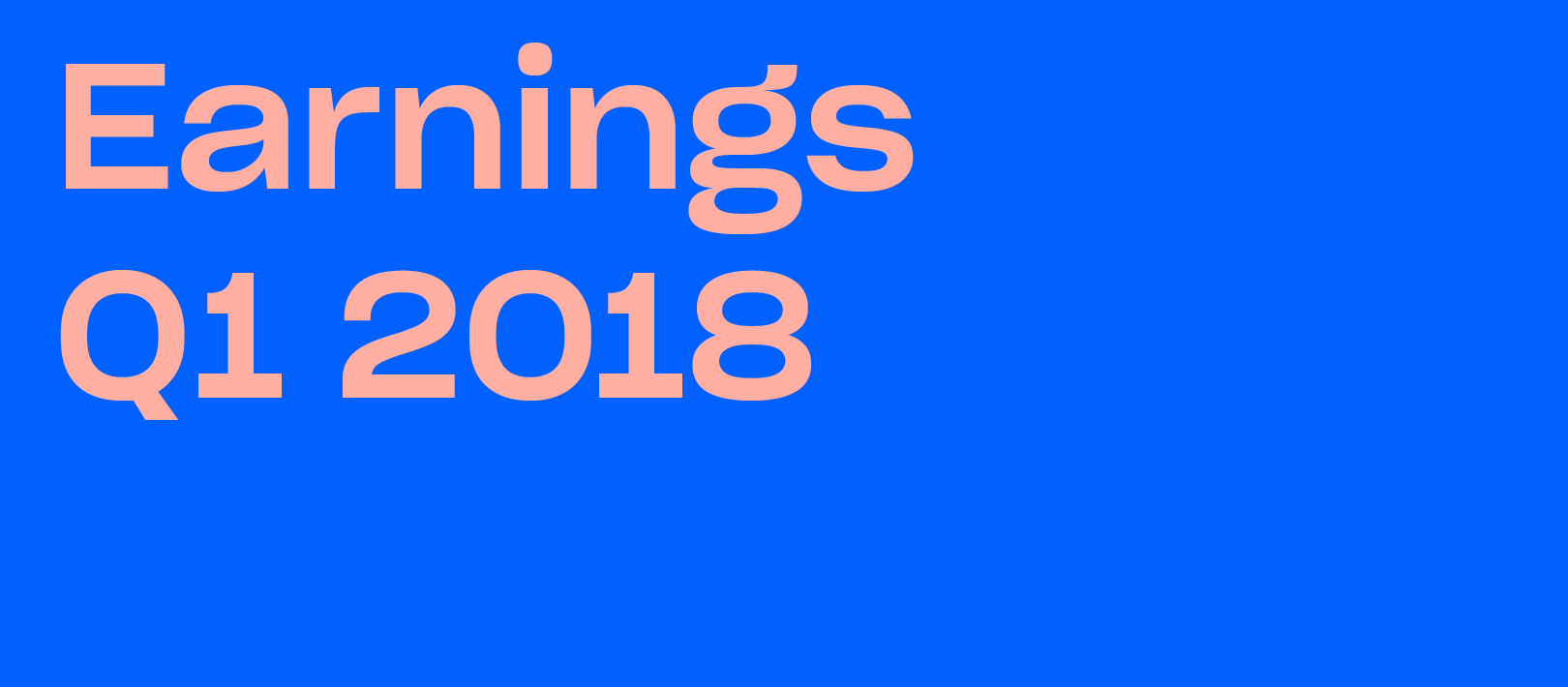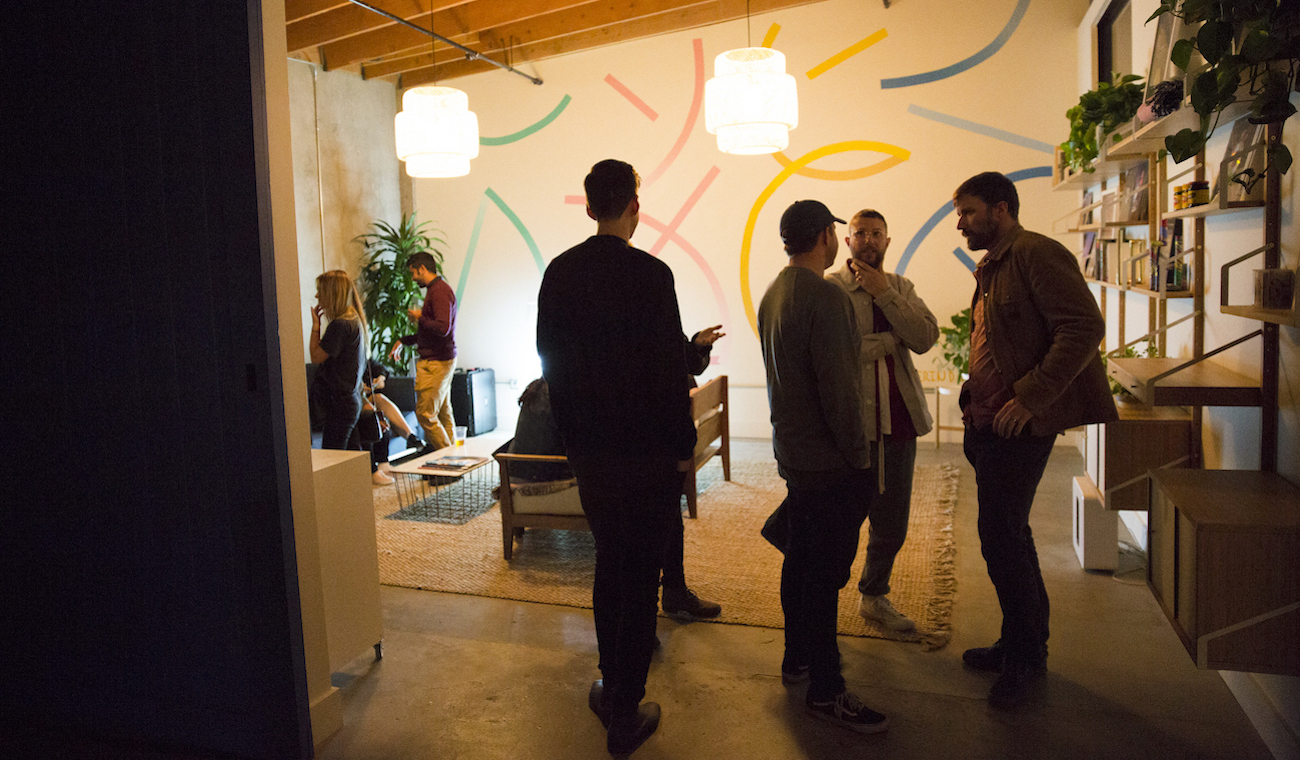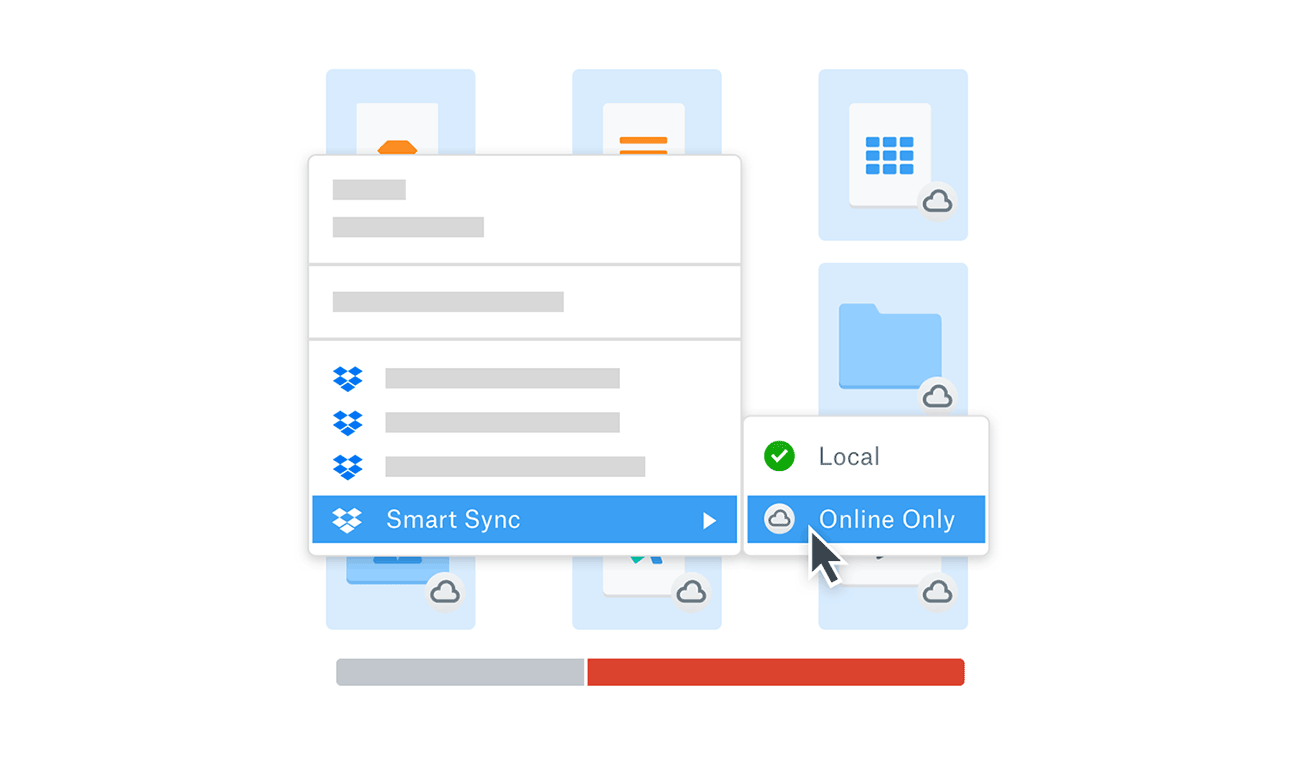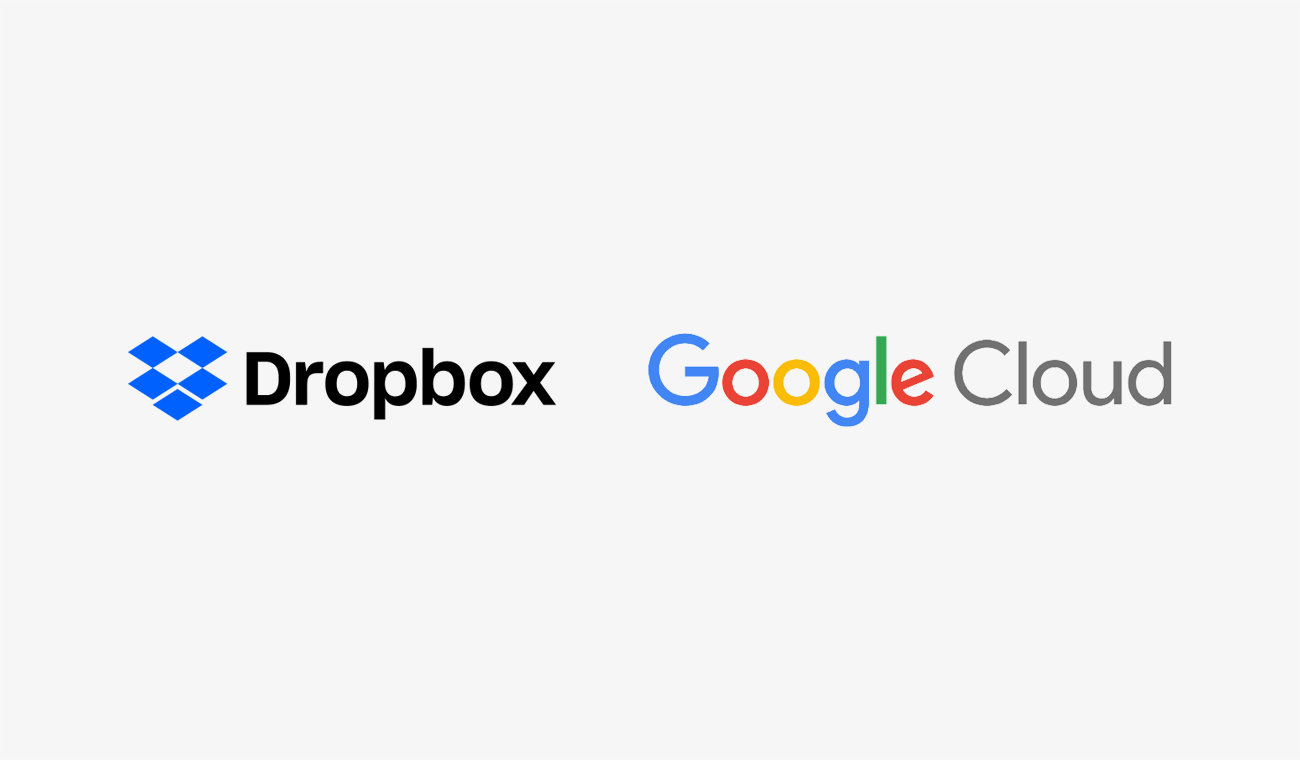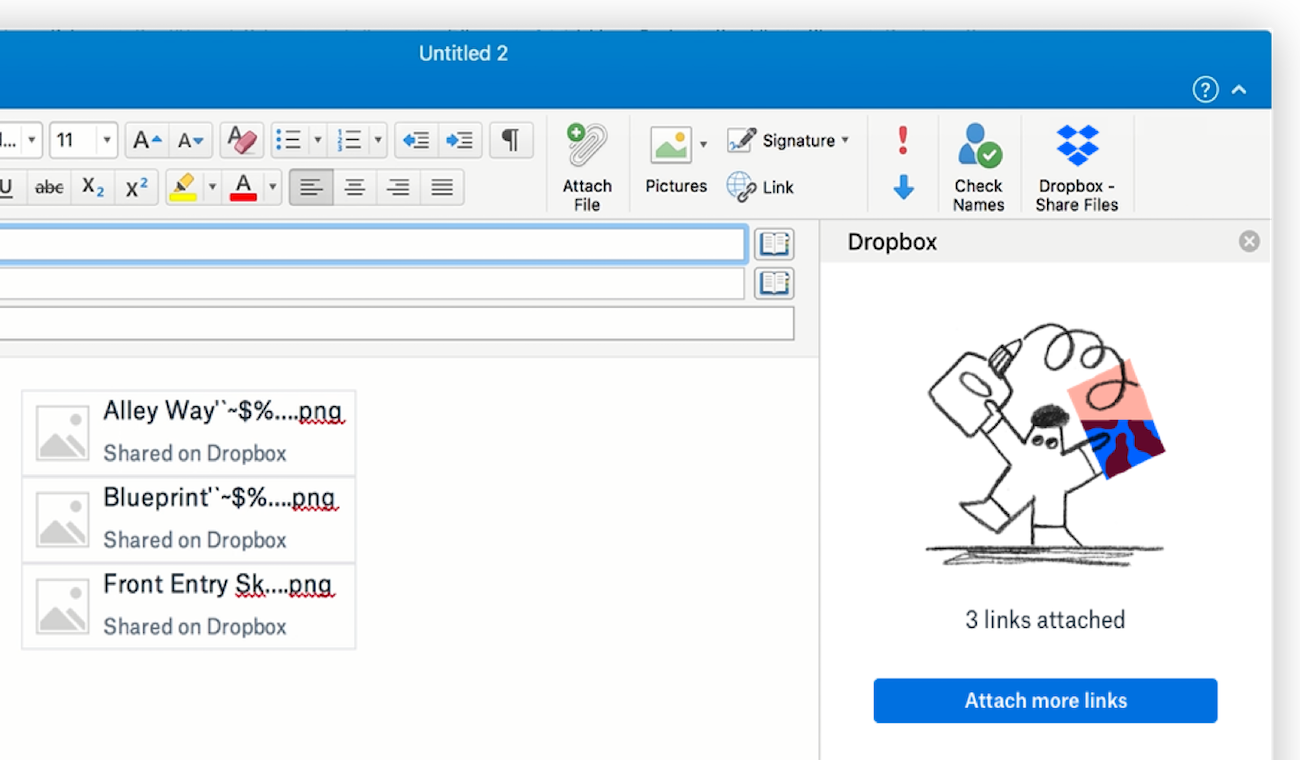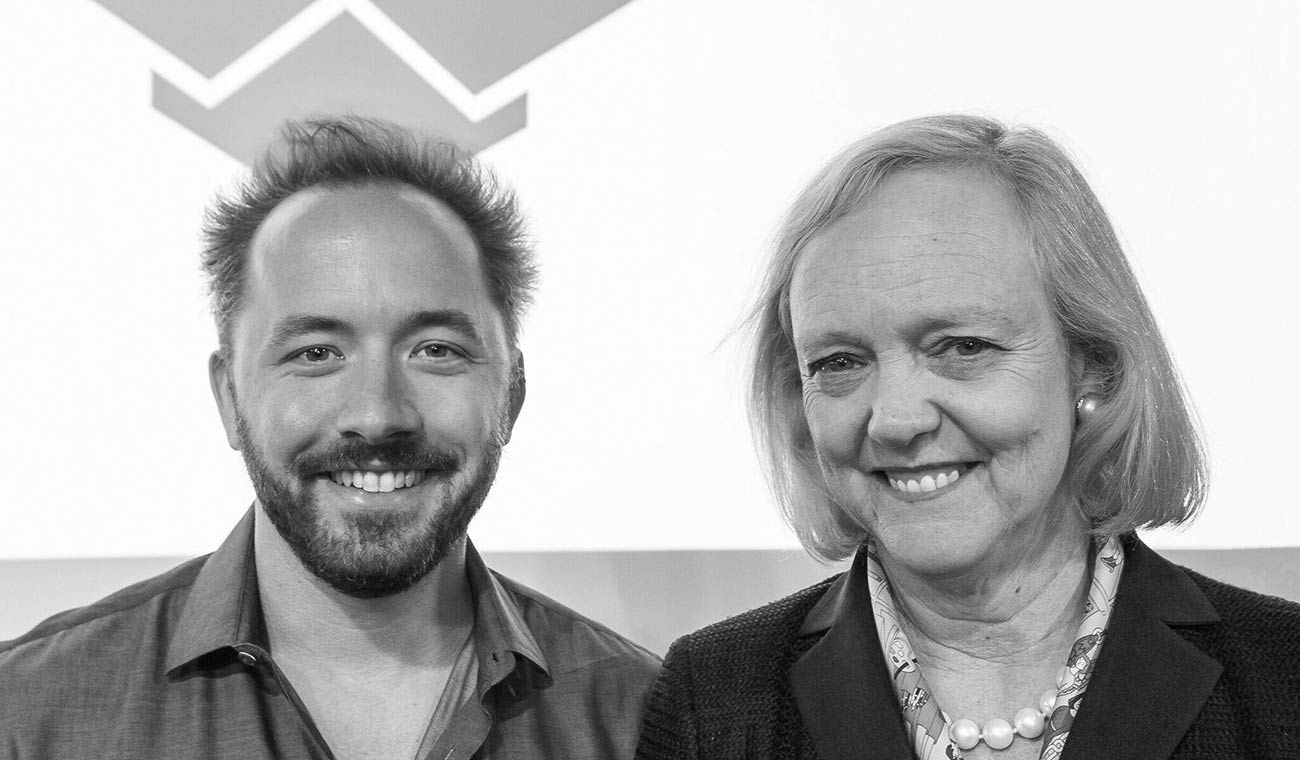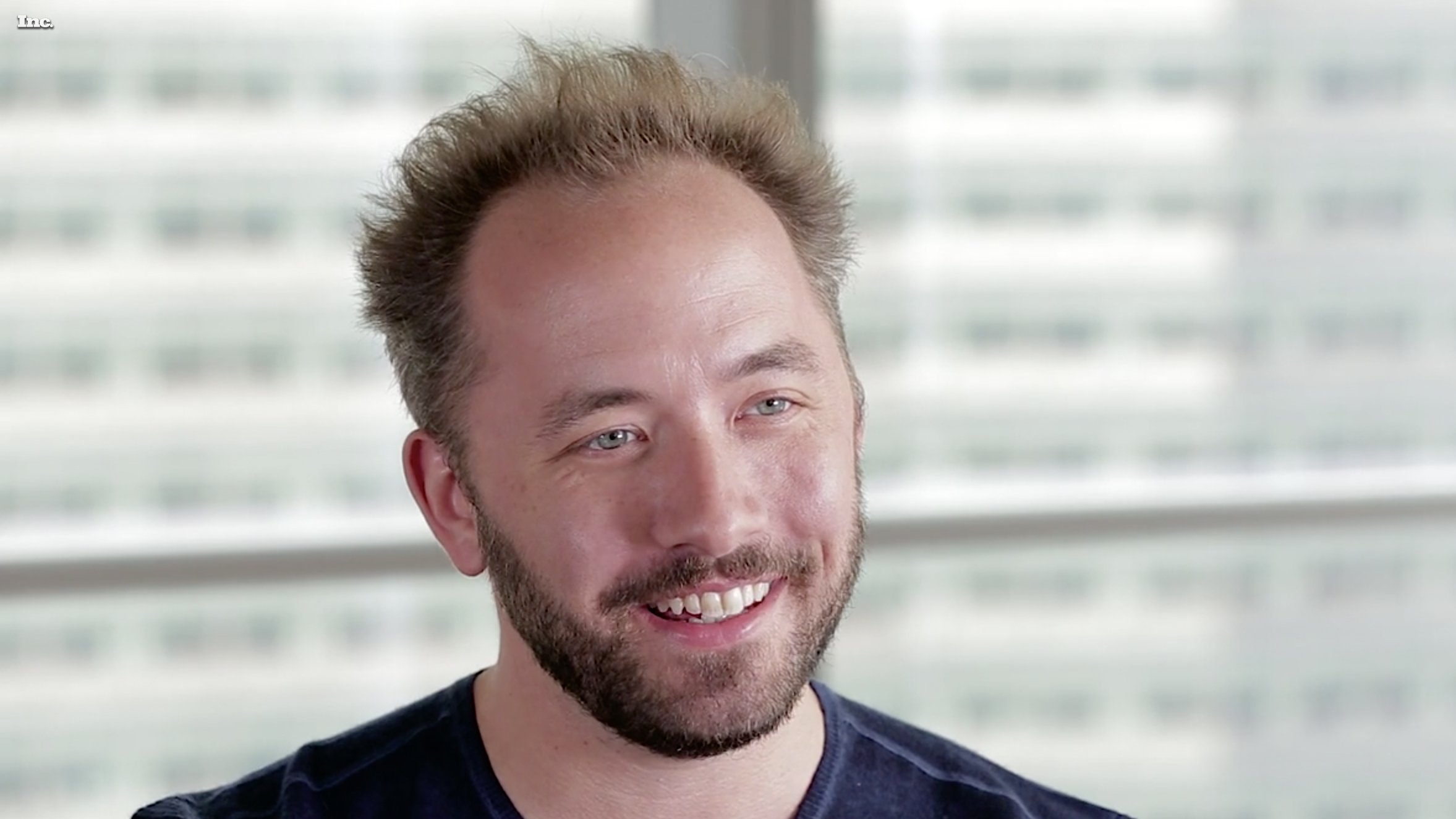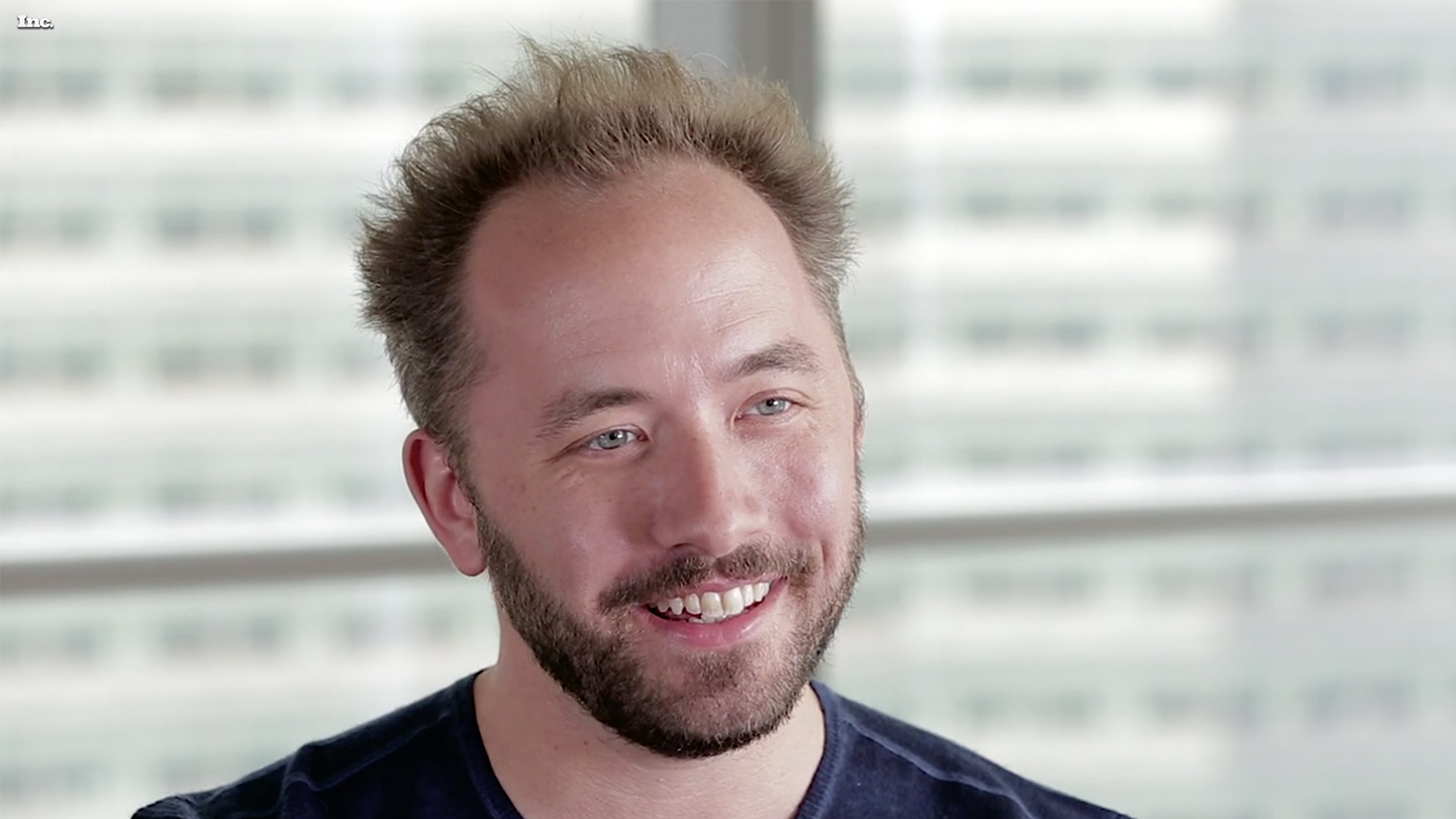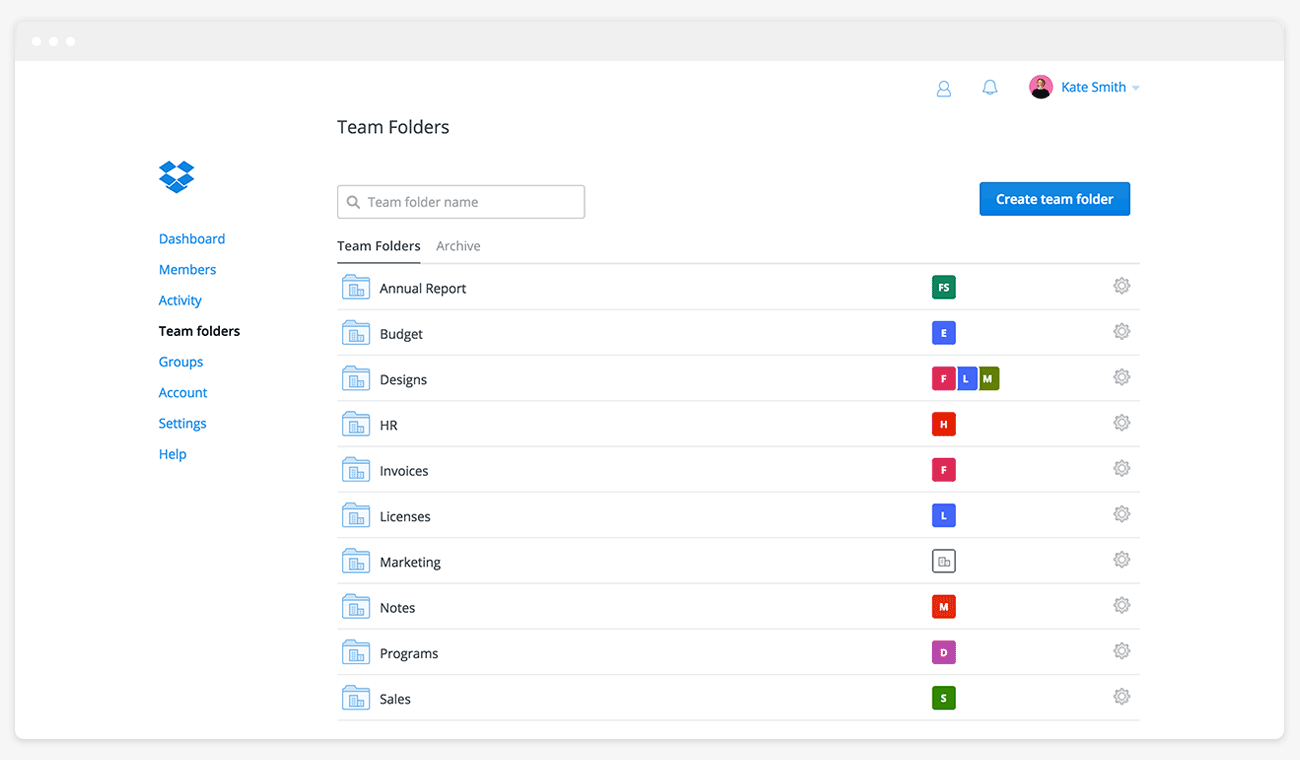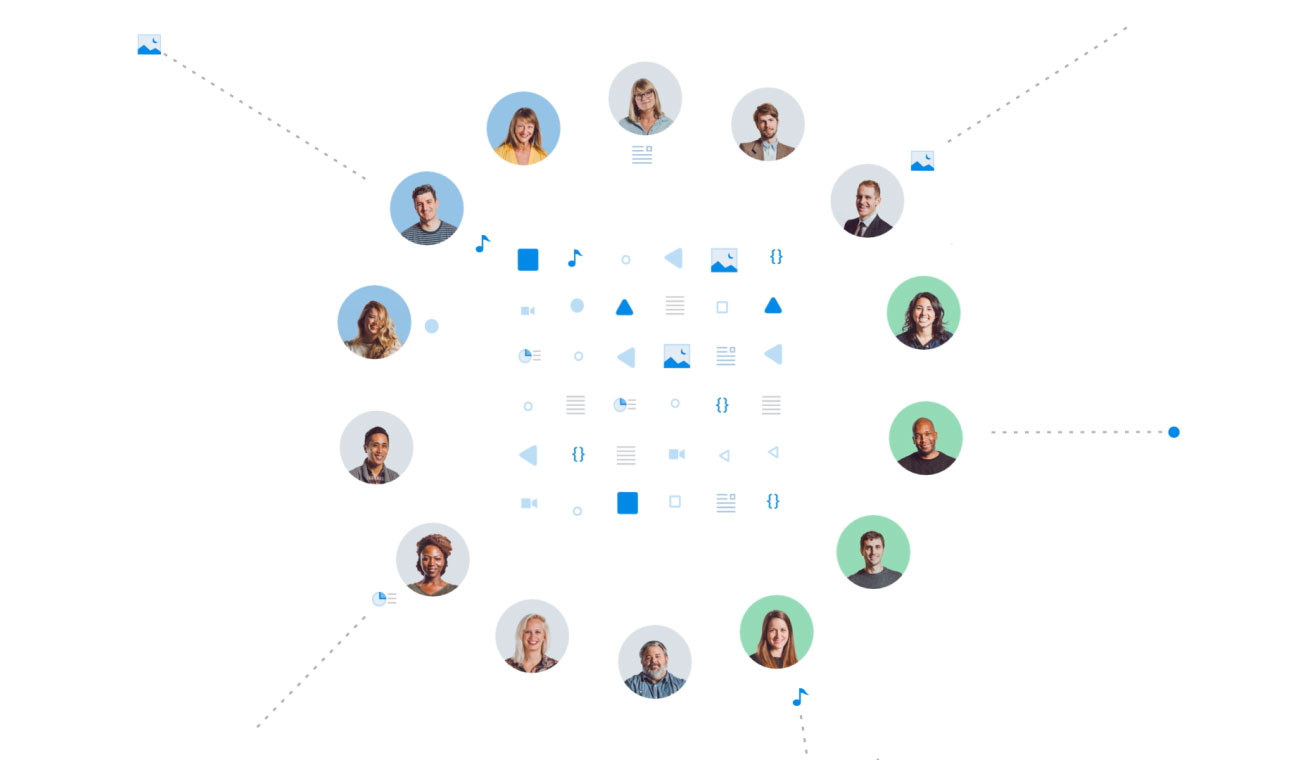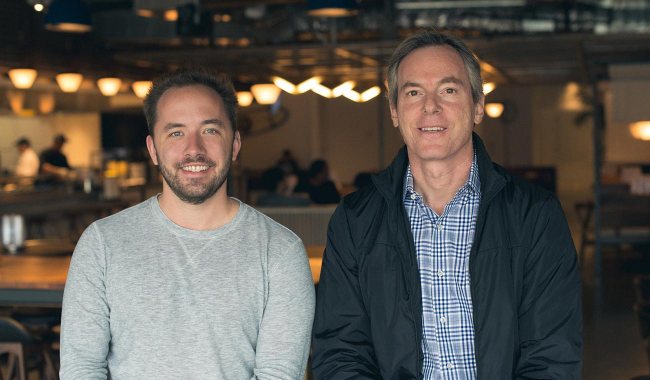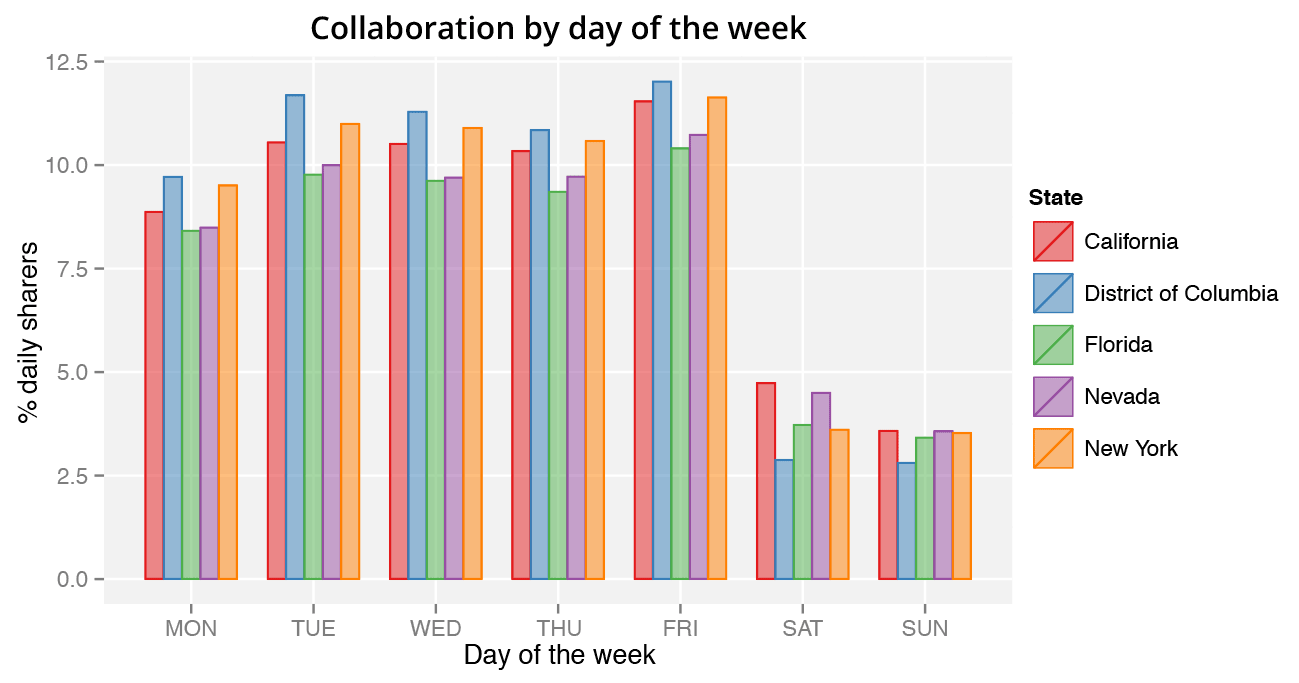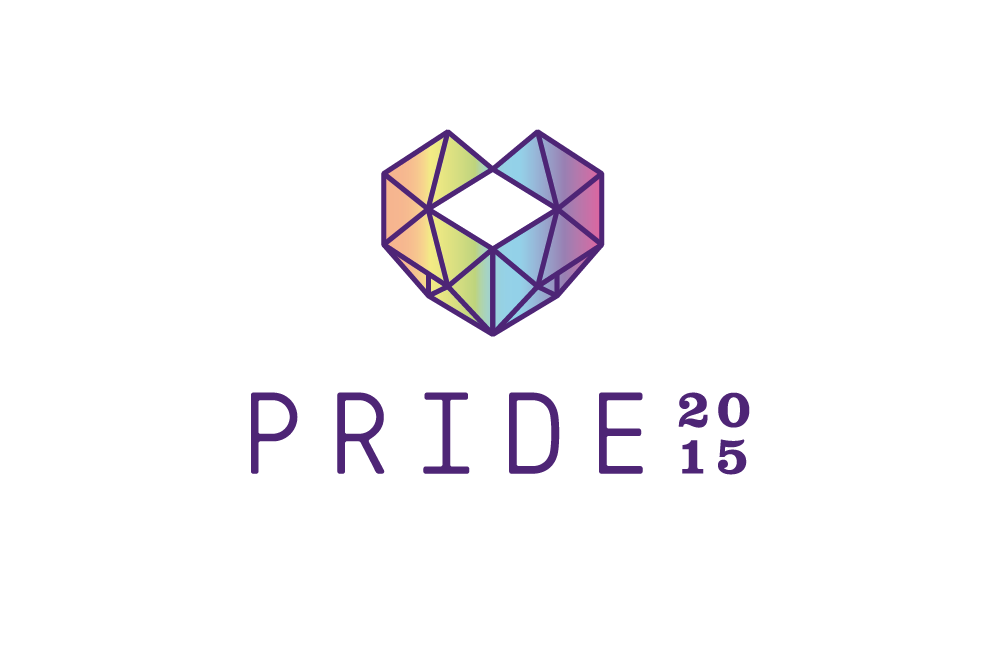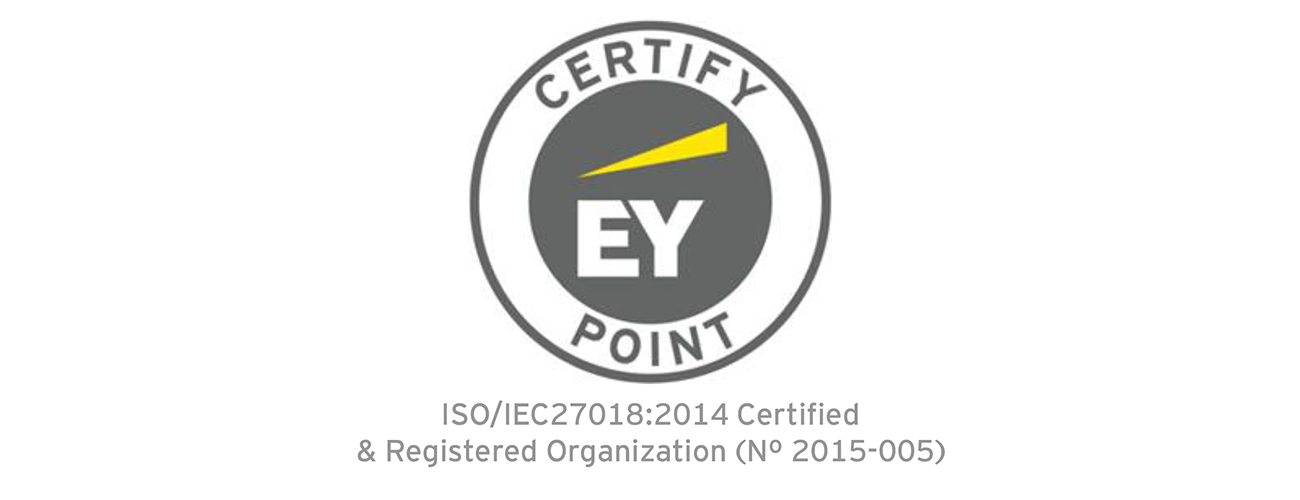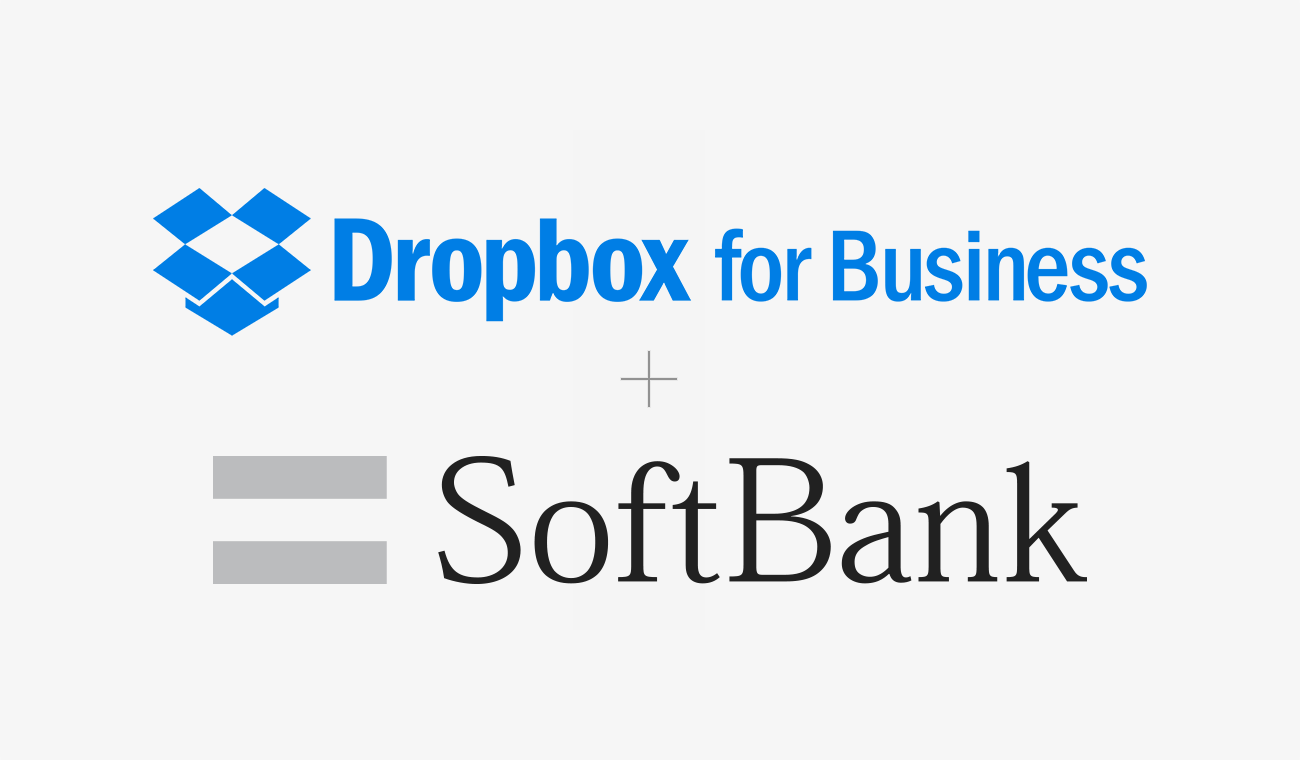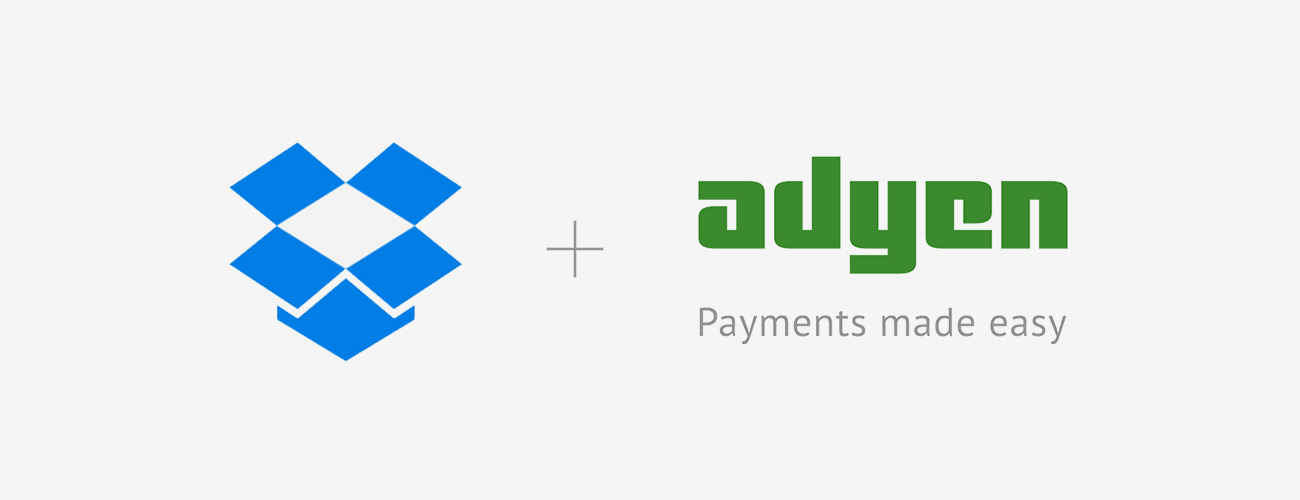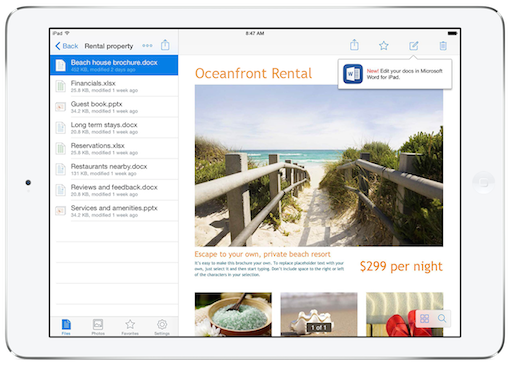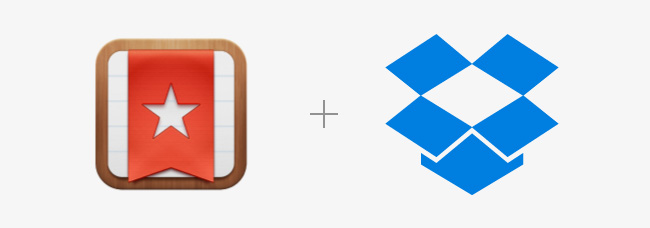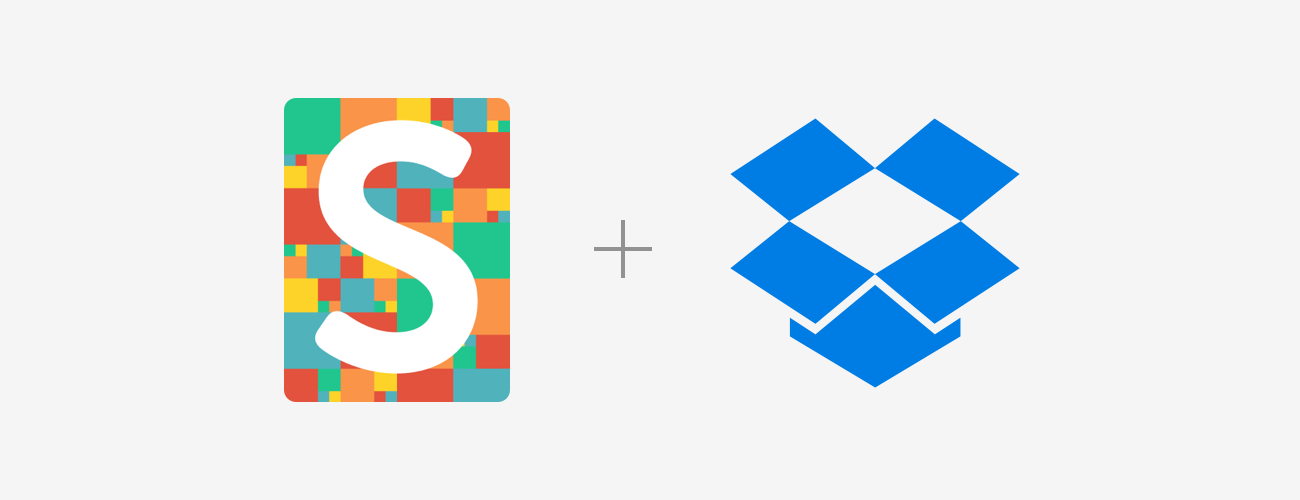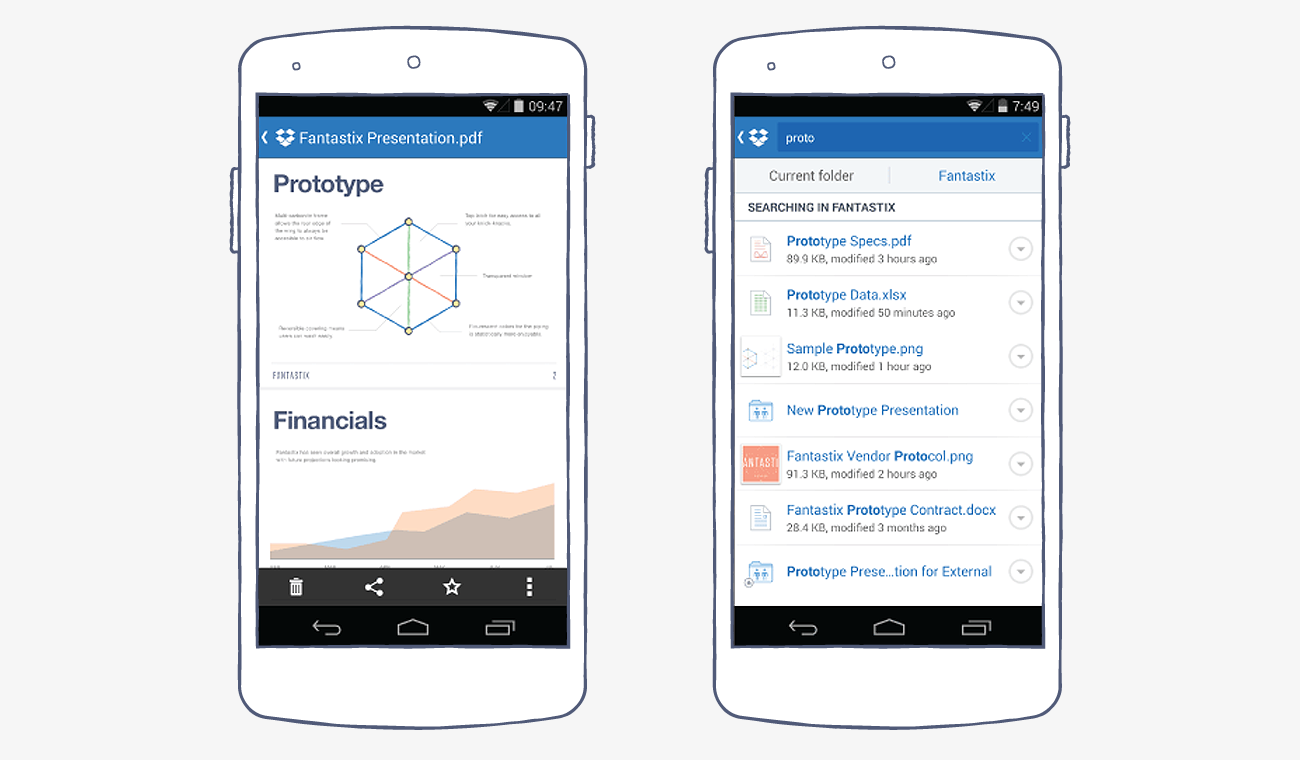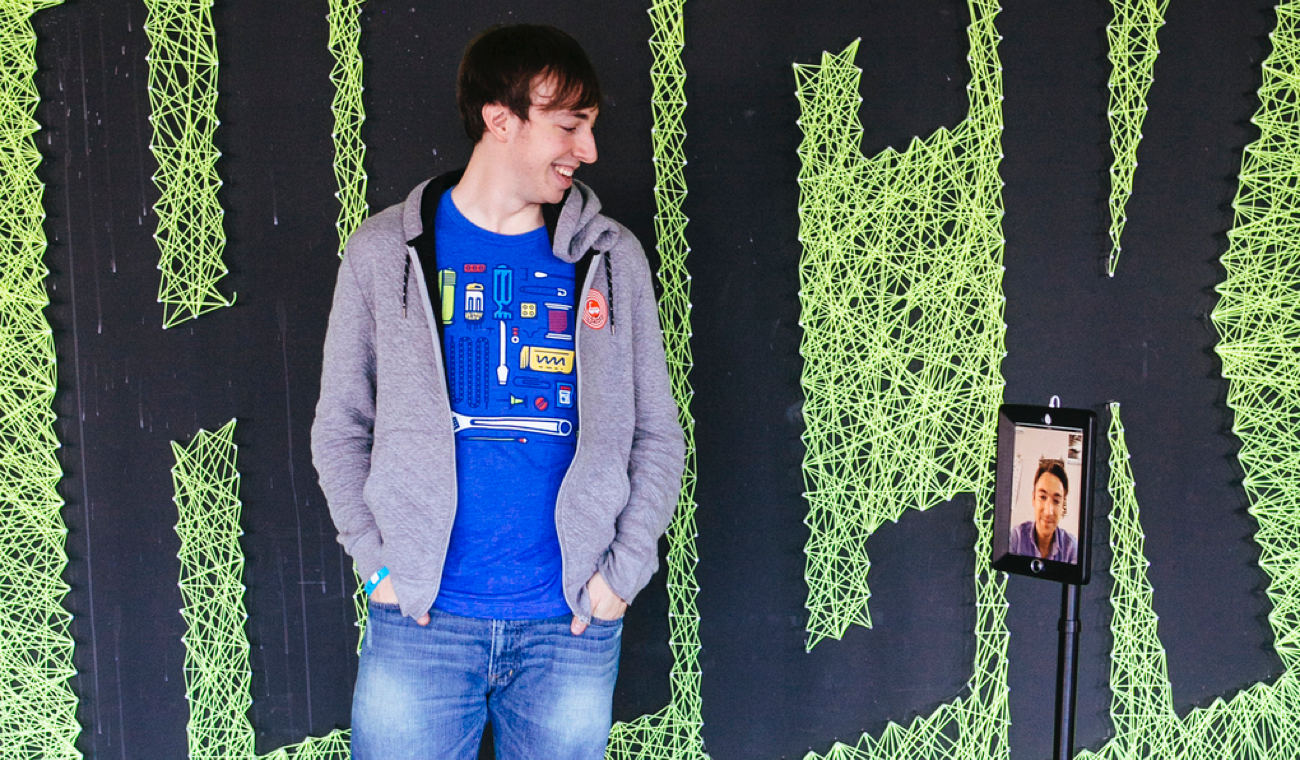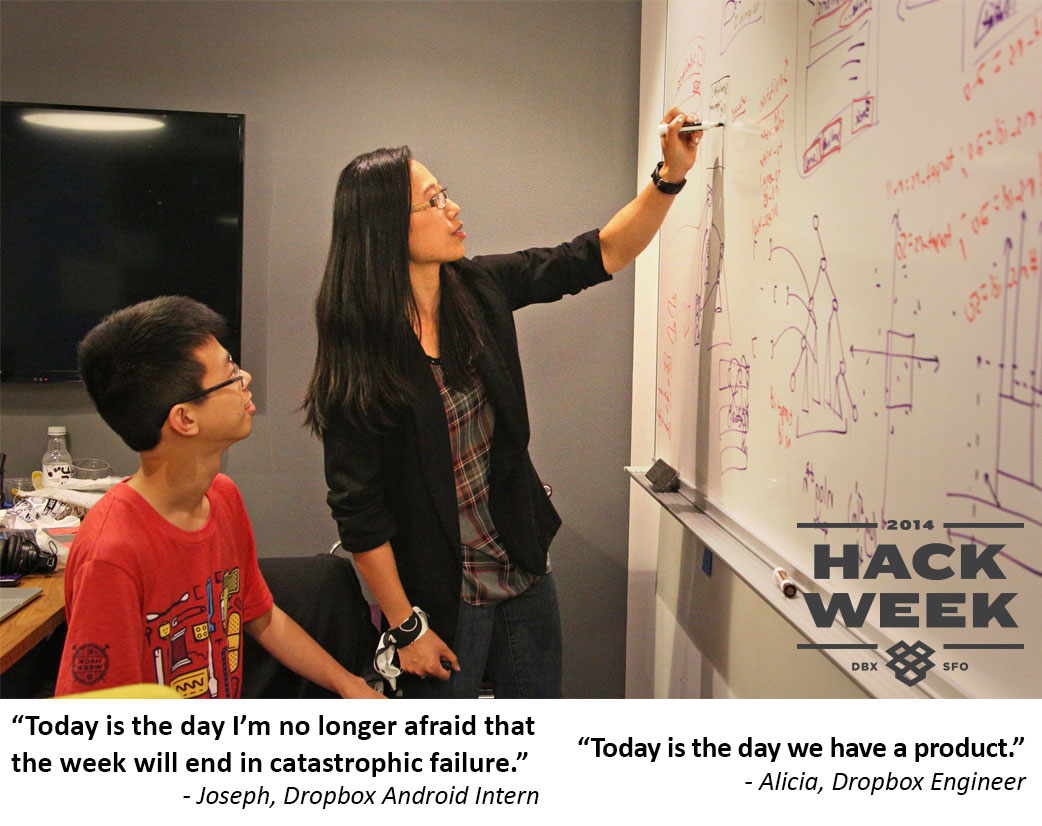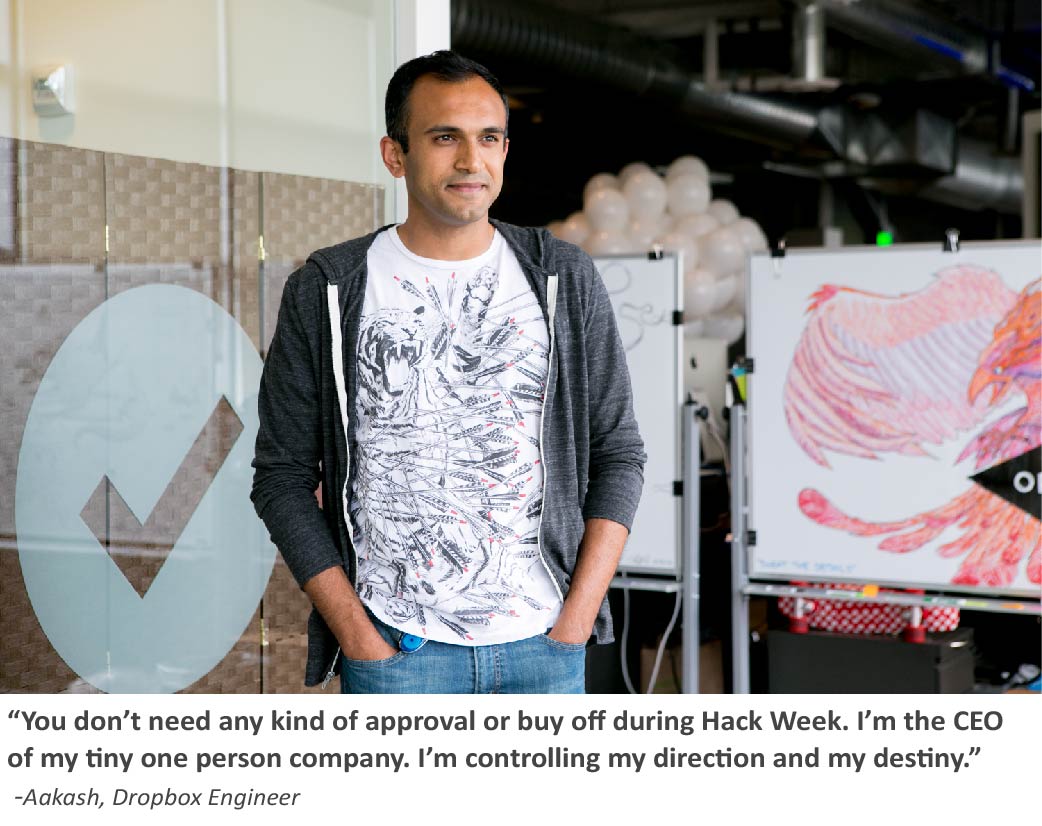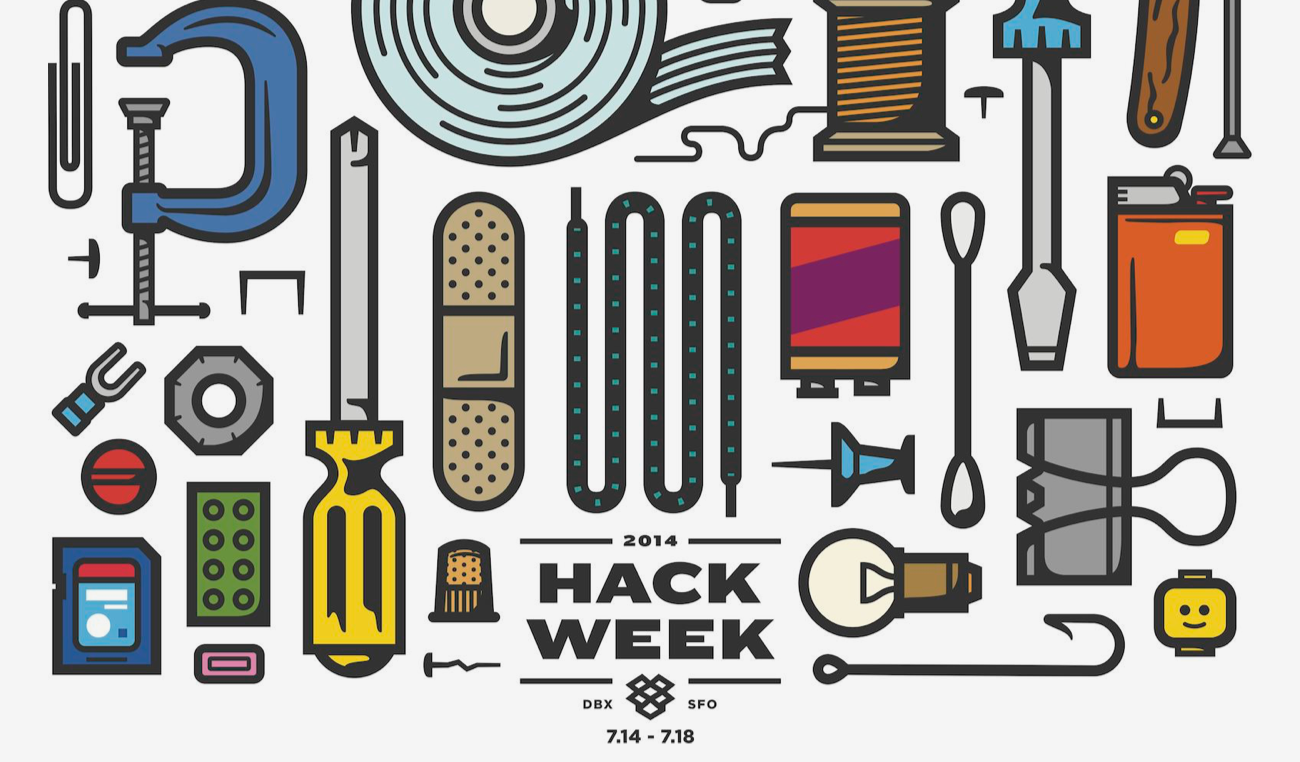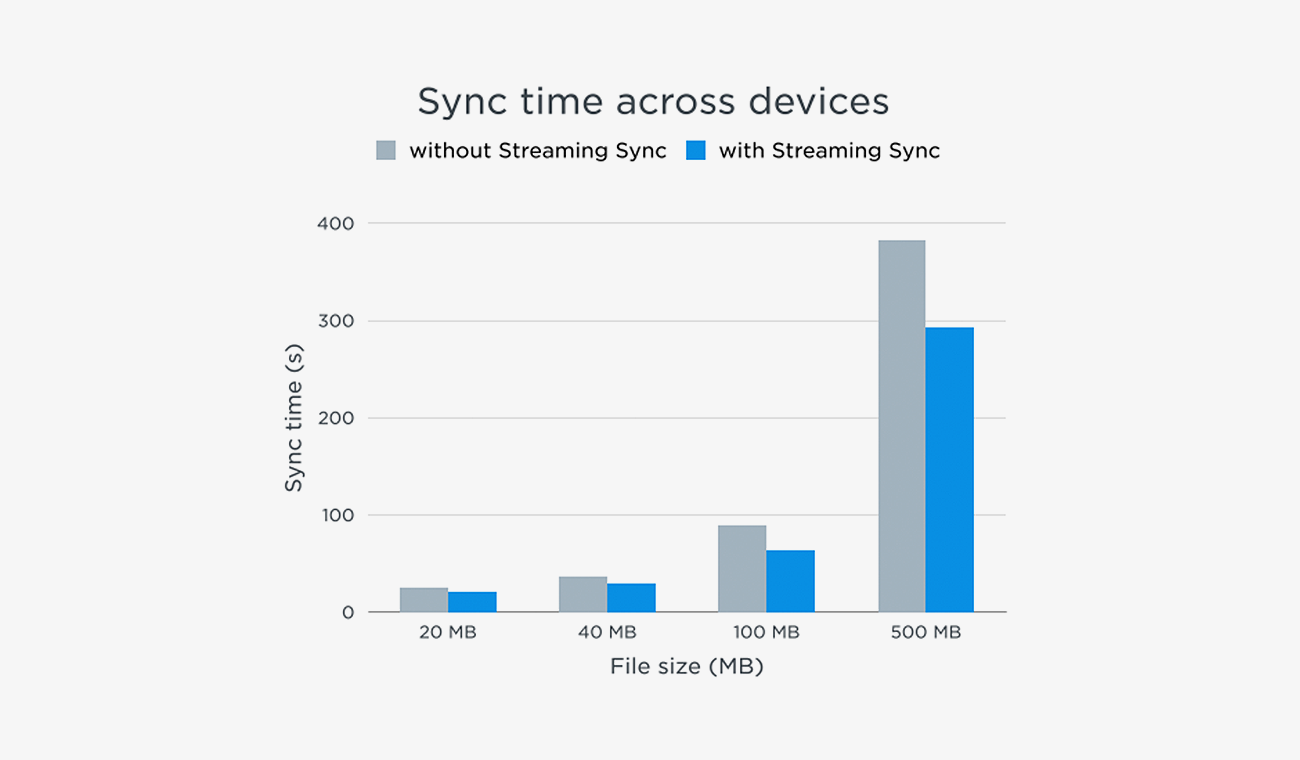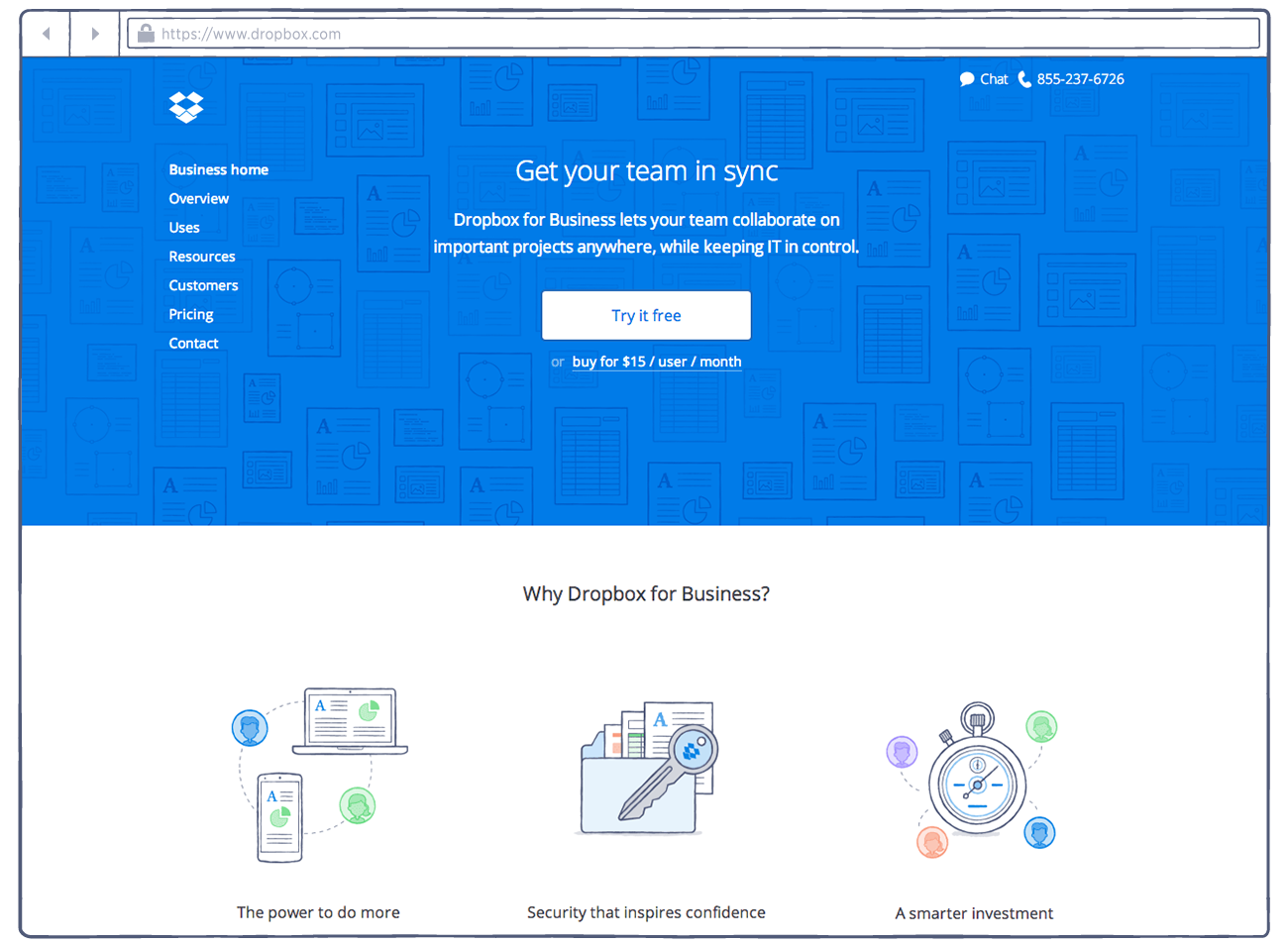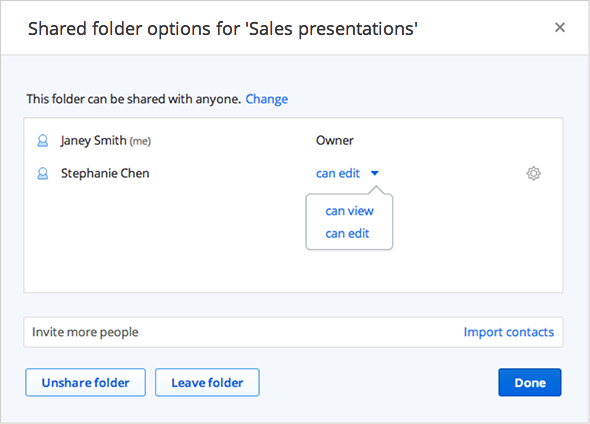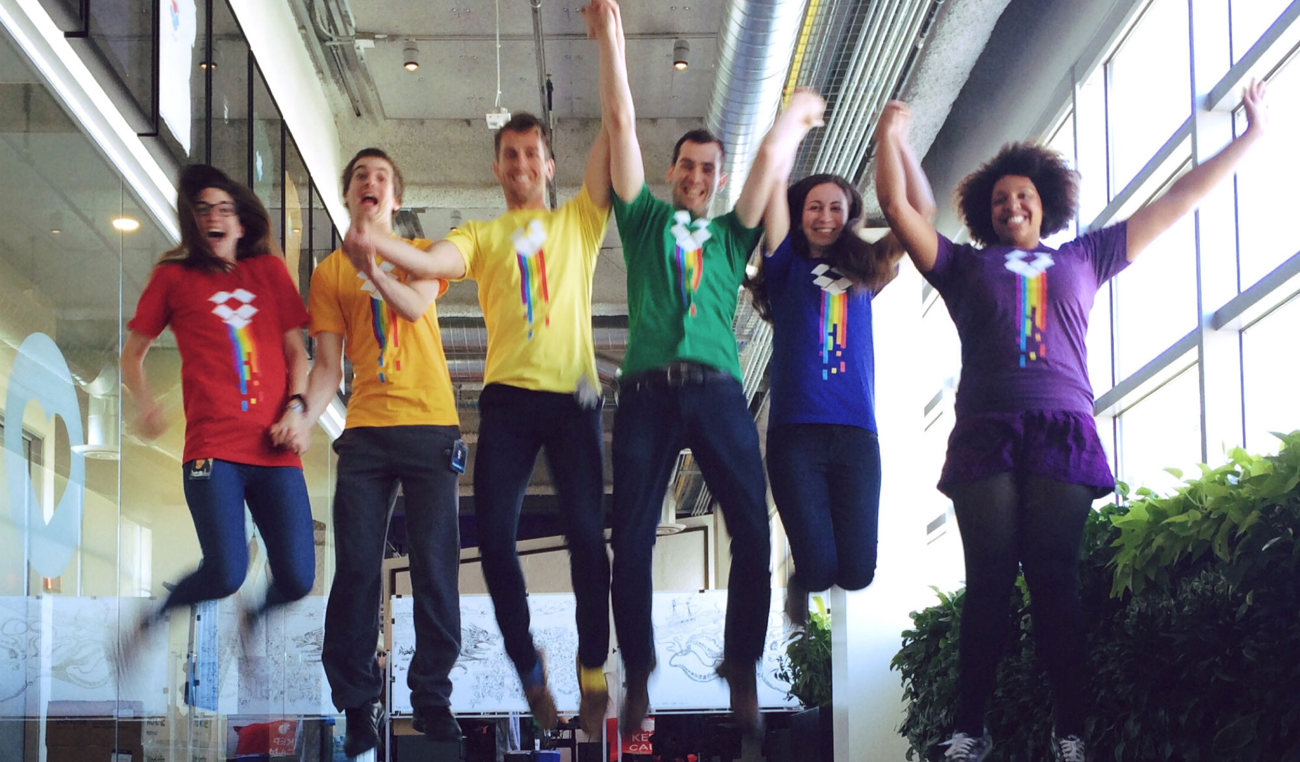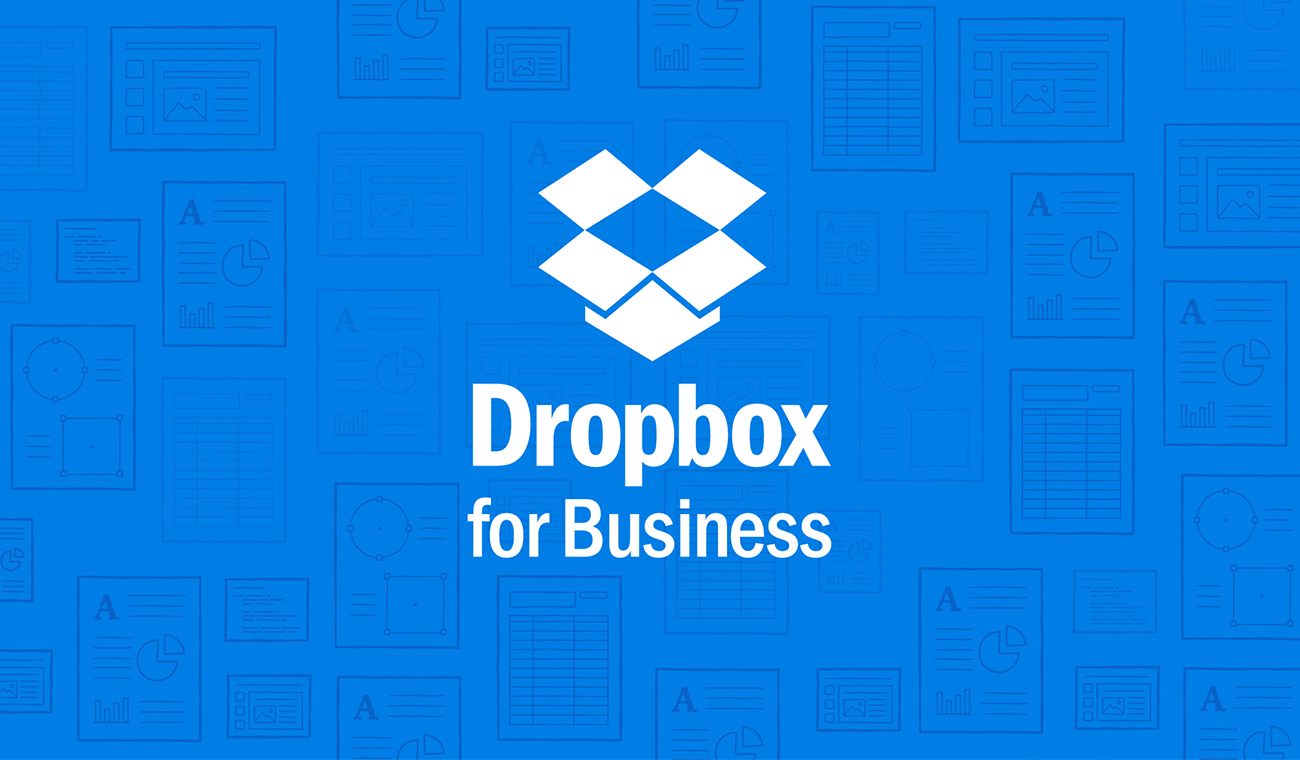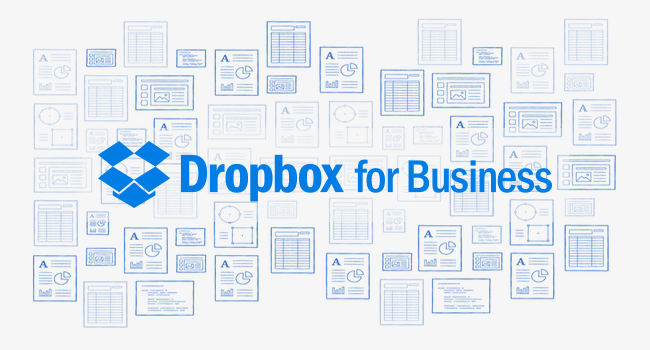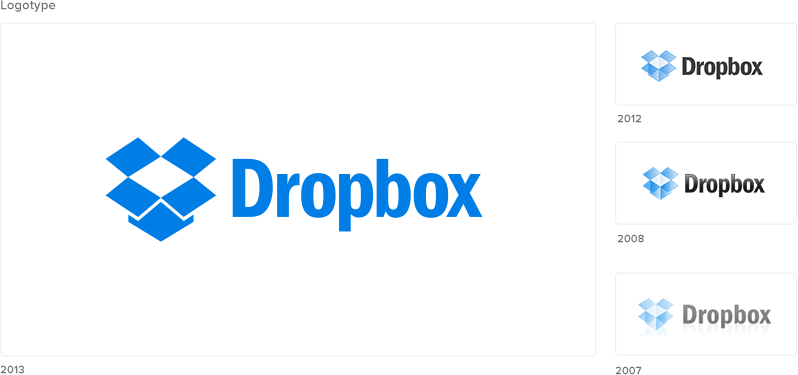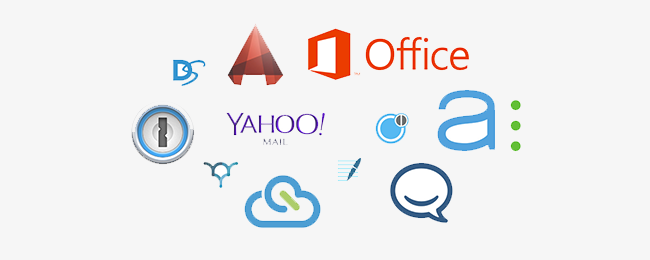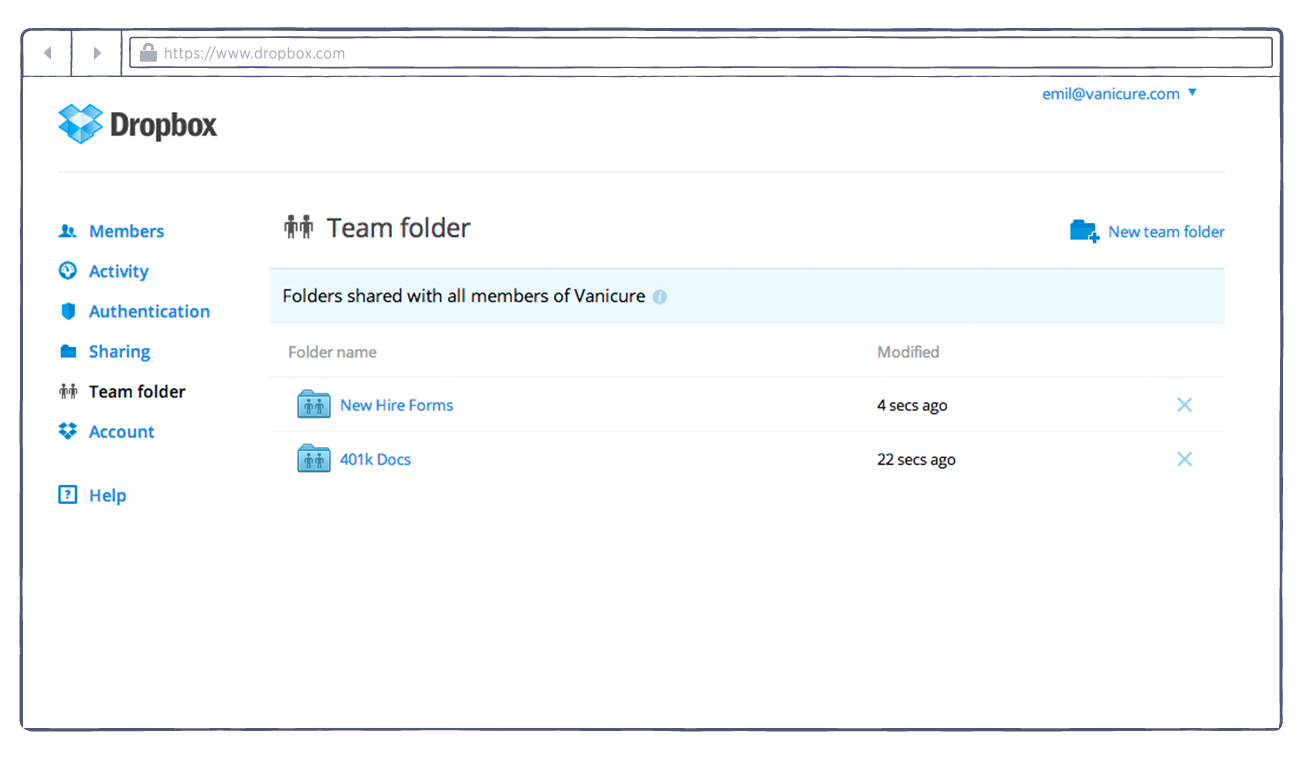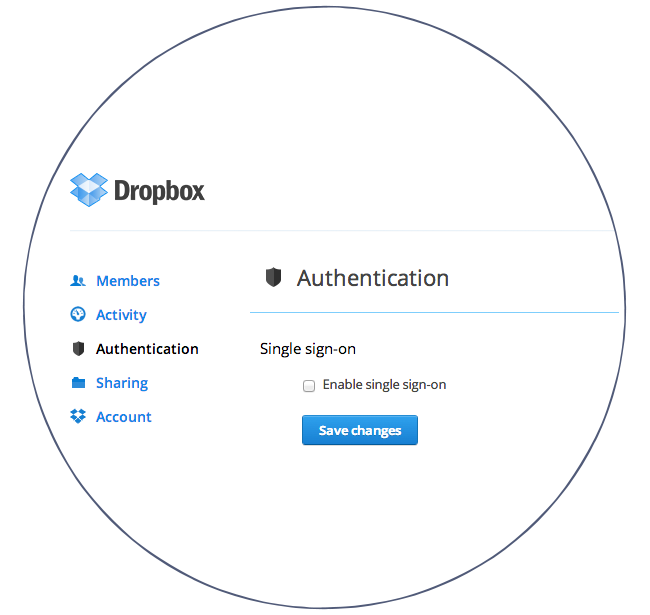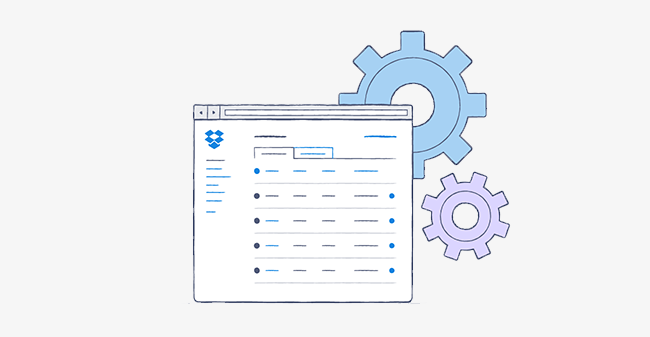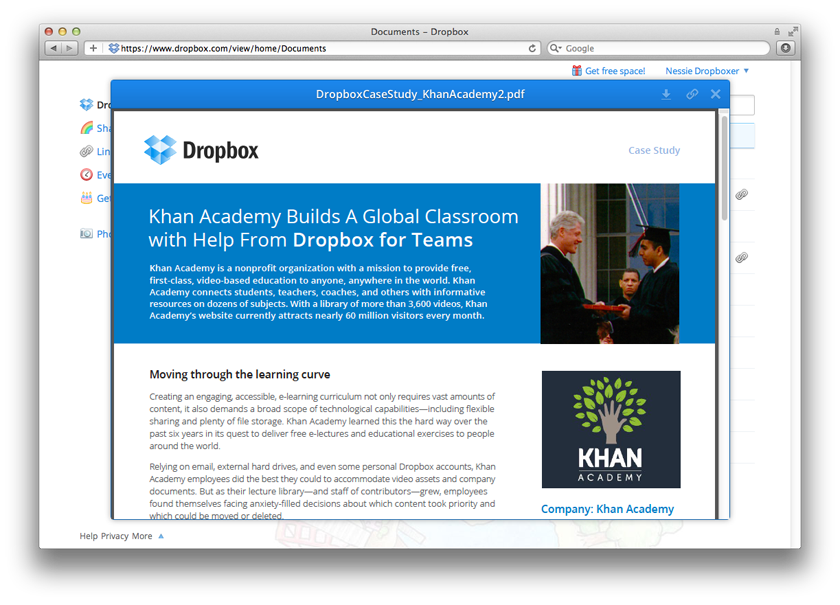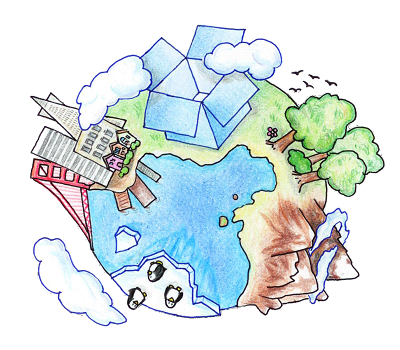
Back in 2020, we announced our plans to transition to a Virtual First company—a move which positioned us as early adopters in the permanent shift to remote work. As a builder of tools for distributed teams, we were uniquely positioned to predict where the future of work was heading. And while, like everyone, we still have some things to figure out, we’ve learned a lot in our first year of Virtual First.
Virtual First is a bold move for Dropbox: we’re aiming to completely rethink how we get things done so employees can be their best selves and do their best work, too. Our approach leverages the greatest parts of both remote and in-person experiences with an emphasis on preserving in-person connections, flexibility, and work-life harmony. But a change of this scale is never without its challenges. We’ve always known that to really get it right, we’ll have to learn as we go.
In our commitment to learning, our employees have been a wonderful source of feedback. Here are a few things we’ve discovered one year in.
1. It’s harder to build relationships outside of immediate teams
Our employees have told us that in the shift to Virtual First, connections with their immediate team members have remained strong, but broader company relationships beyond their day-to-day work have been harder to cultivate. This is supported in our own research, which looked at belonging and connection, virtual and otherwise from interviews with Dropboxers, academics, social theorists, and press. One of our biggest findings was that the meaning and importance of “connection” has evolved over the past year and that most felt that there were fewer opportunities to establish connections outside your team in a remote work environment.
While Virtual First is inclusive of some in-person interaction, the last two-plus years of COVID restrictions have eliminated the opportunity for the kind of spontaneous connections that happen in office life. Without the ability to bump into co-workers in the hall or overhear a casual conversation, there’s been less chance for employees to get to know people outside their daily orbit.
These types of connections are key when it comes to building company culture and creating a true sense of belonging. They act as bridges that enable the passage of ideas and information. And they enable a mix of new perspectives to spark ideas. Now open, our Dropbox Studios will play a key role in providing our people with space to collaborate face to face. But our virtual community building efforts are just as important as in-person programming to strengthen relationships in our day to day interactions between the in-person events.
We’re trying lots of new ways to help our employees strengthen connection remotely with ongoing education on things like recreating water cooler moments and forming team bonding rituals.
We’ve also shifted our approach to community building with the recent launch of Dropbox Neighborhoods.
Run by local Community Managers, Neighborhoods group together employees who are close in location on Slack to arrange everything from events, volunteering days and informal meet ups. And we encourage sharing fun life updates or simply the best new restaurant in town.
We’re also supporting virtual communities though our ongoing Coffeebox series, which connects employees across Dropbox for a quick social sync on Zoom. We hope by doing this, we’ll foster a more holistic and localized sense of belonging for all employees, no matter where in the world they’re located.
2. Managers have never been more important
Virtual First is a behavioral shift that requires undoing a century of established ways of working. To say it’s a big task is an understatement. And we can’t get there without our managers leading by example. Especially in a remote environment, managers and immediate teams are often the primary way employees learn how to get things done and experience company culture. For instance, 77% of the employees who adopted Core Collaboration Hours stated that their manager had also adopted Core Collaboration Hours.
That’s why we recently designed and piloted a training based on our own research into manager effectiveness. It helps managers communicate goals, build relationships, and create psychological safety, which we’ve found are key in a virtual environment.
We’re also leveraging peer coaching amongst our manager cohorts to better support leaders through any challenge they’re facing. This connects managers to each other, building an important network.
And lastly, we’ve prioritized more self-serve resources that equip managers with tangible ways for their teams to be successful in Virtual First. For example, our Virtual First Toolkit is publicly available and includes practical, virtual-friendly exercises to help teams thrive in a distributed work environment.
3. Employees need clear communication and education
Behavioral change of this scale is difficult, but we’ve learned that consistent communication and education are key in a remote environment.
With this in mind, we’ve rethought how we can more effectively share resources so that our employees always have what they need, when they need it.
For example, we’re using software like ally.io to better track progress toward our company goals. We’ve launched a ‘tLDR’ bi-weekly email to managers, which provides relevant updates that managers can share with their teams to help cut down on information overload. And, we’re providing ongoing education on how to succeed in a Virtual First environment—such as how to build better tool habits and write in a simple and human way.
4. Adopting Virtual First practices has increased productivity and well-being
Change of this magnitude has required us to radically re-think how, when, and why we communicate at work. We’ve found a few new practices have really helped in that department.
For example, we know that to be successful in a Virtual First environment, employees must shift from “all day syncs” to an “async by default” mindset. Doing so brings more flexibility and focus to their day. One way we’re doing this is by encouraging employees to remove all unnecessary meetings from their calendars and to be more intentional about scheduling live conversations.
And these efforts are working. By Q4 of last year, 63% of our respondents agreed that they’d adopted an “async by default” mindset. And most (81%) have at least somewhat adopted our Core Collaboration Hours (CCH), which are set windows of time reserved for real-time collaboration.
Those who have moved to a more async work style say Virtual First has promoted more impactful work:
- 72% feel more productive
- 80% feel more effective
- 72% feel like they can better balance work and personal life
5. Flexibility is critically important to both current and prospective employees
We know that embracing a non-linear work day will be important in the future of work. More than ever, employees want flexibility in both how and when they work. We’re seeing this with our current and prospective employees.
At Dropbox, our transition to “async by default” and Core Collaboration Hours has given employees the opportunity to say goodbye to traditional 9-5 schedules. Instead, they can now design their own work day to include dedicated focus time and to prioritize their own energy levels.
Virtual First has been cited by 90% of our prospective candidates as a key reason why they’d like to join Dropbox. They specifically note our workplace flexibility as the reason they applied or responded to a Dropbox recruiter.
We’re also seeing some promising numbers for the future of our talent strategy. We’re receiving 1.7x more applicants per open role and some new talent hubs emerging, including Los Angeles, Chicago, Boston, San Diego, and Portland. Meanwhile, distributed hiring is on the rise: over 50% of our hires in 2021 were based outside of traditional large tech markets like San Francisco, Seattle, and New York City (vs. ~35% pre-Virtual First).
We’ll continue to pioneer new ways of working and maintain an open, learning mindset, adapting things as needed. We hope others will benefit from hearing about our hits and misses along the way.


.png/_jcr_content/renditions/hero_square%20(1).webp)




.jpg/_jcr_content/renditions/1200x628%20(8).webp)


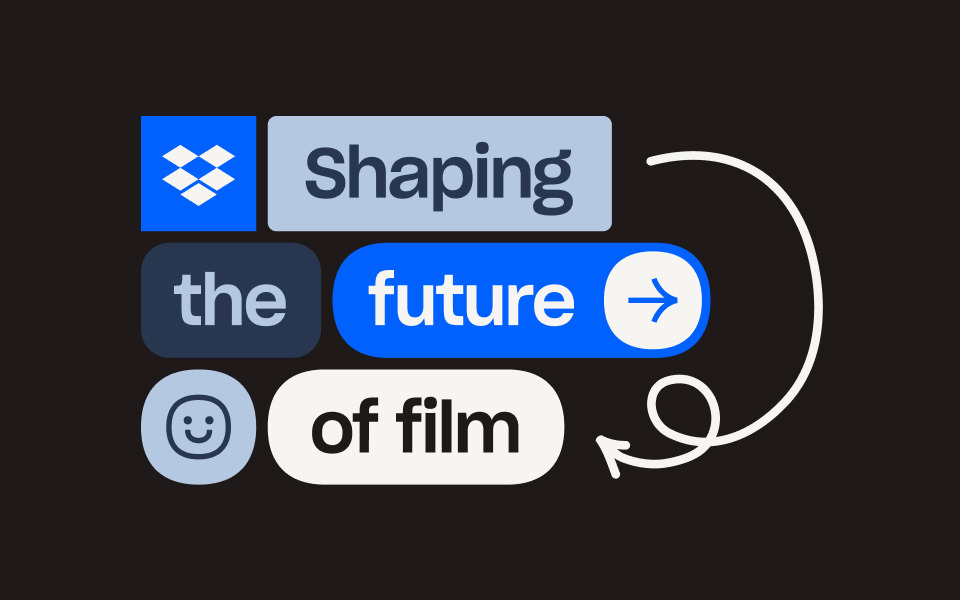



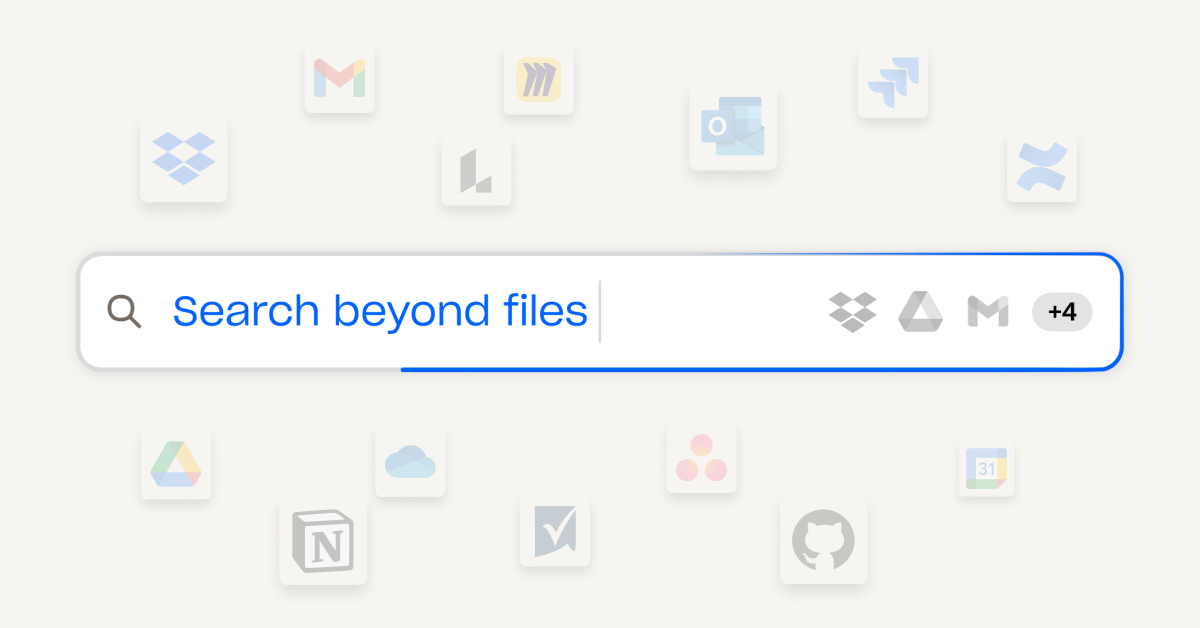




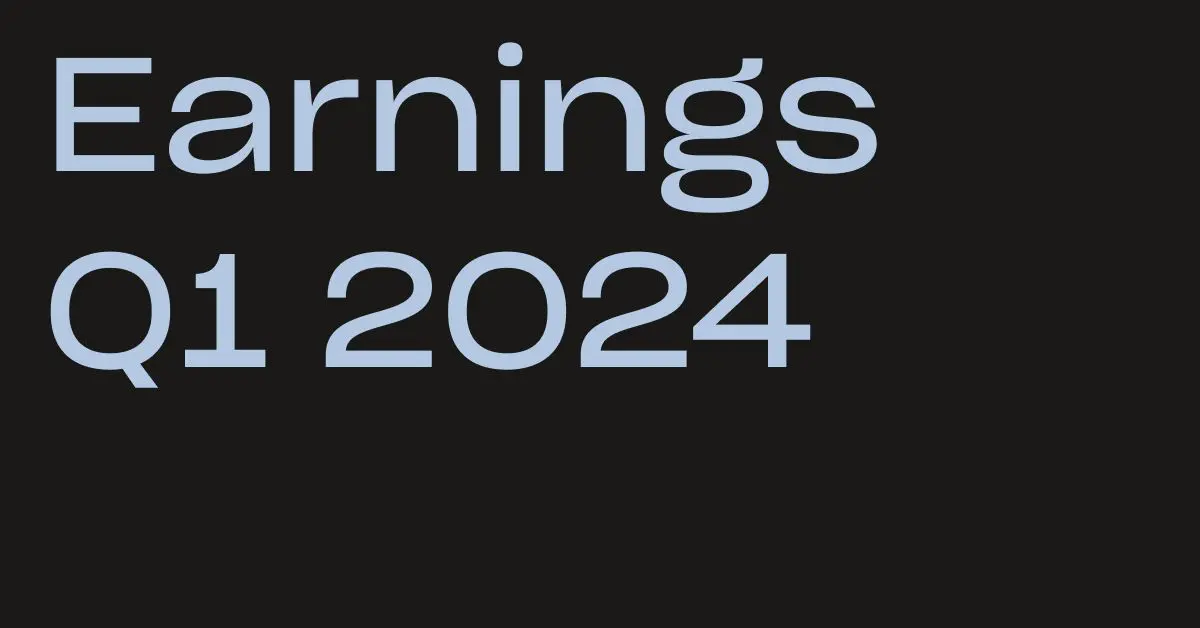
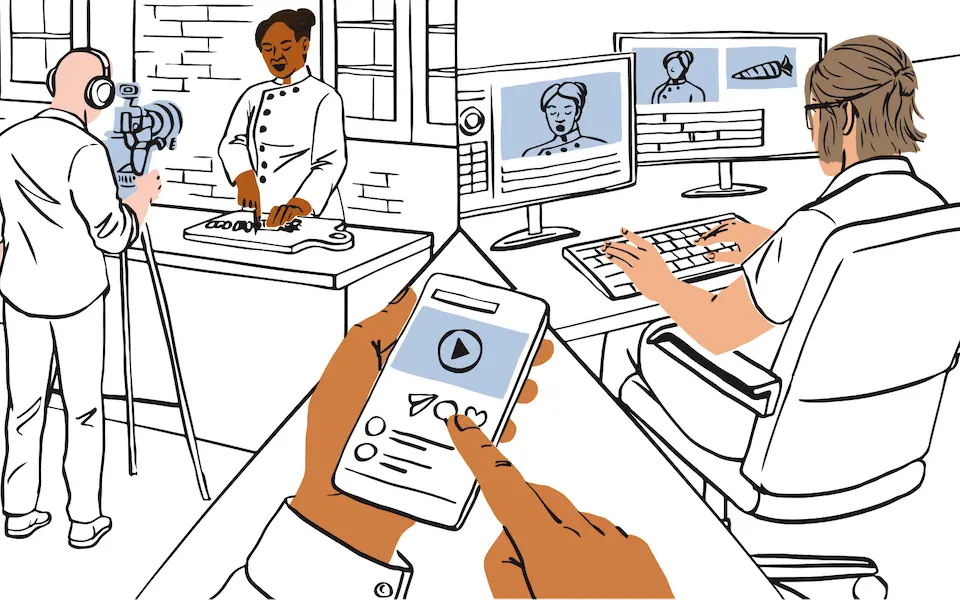

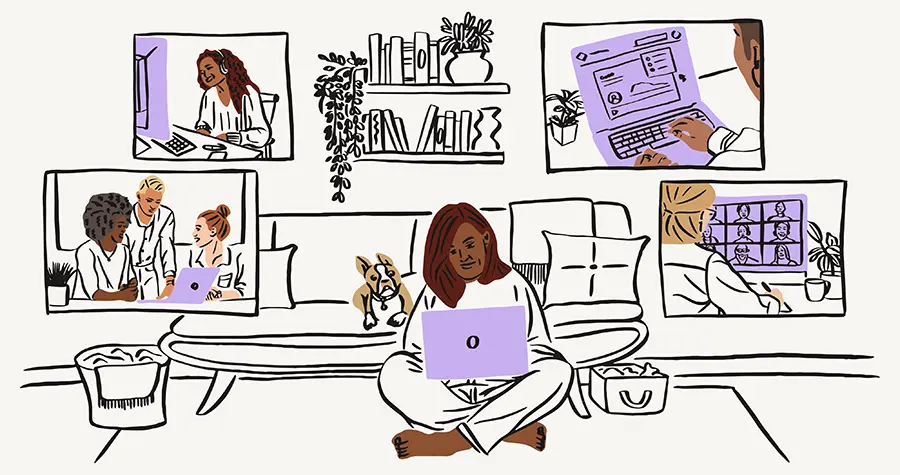

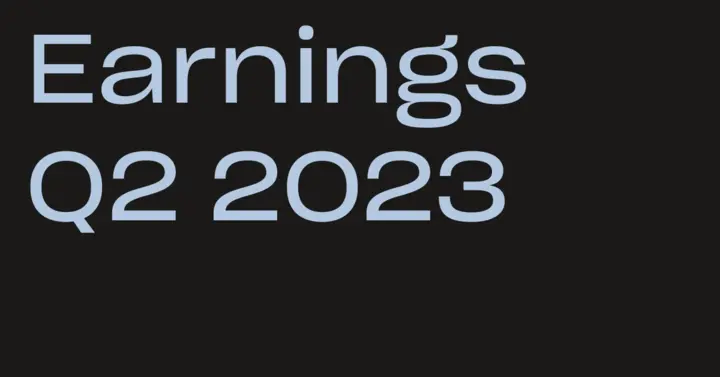

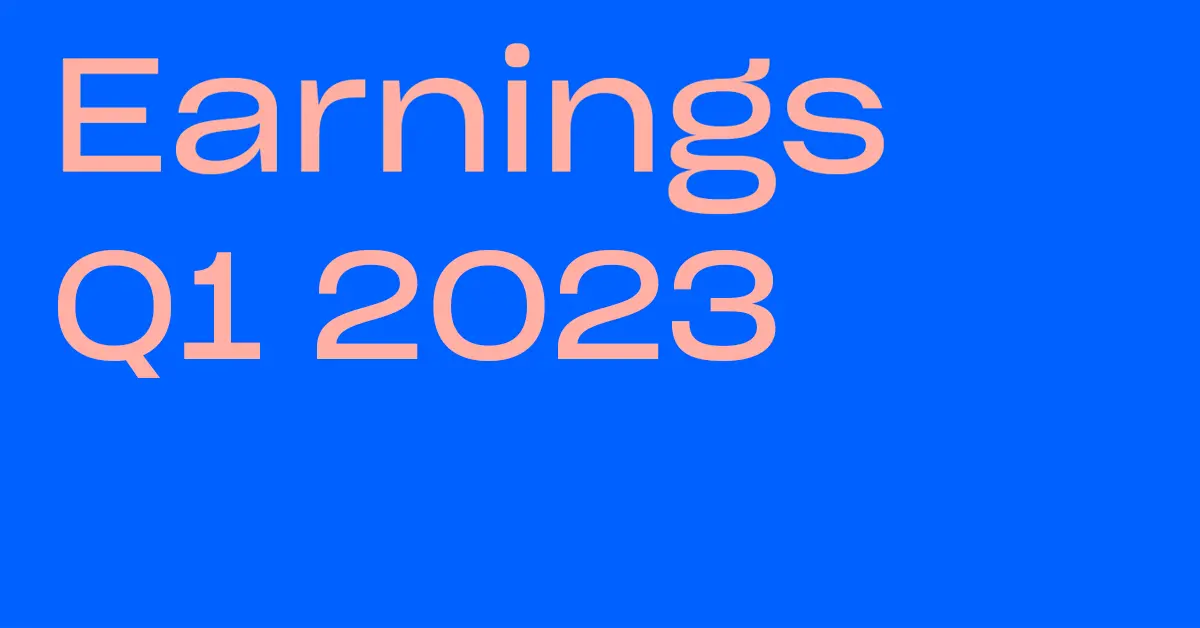

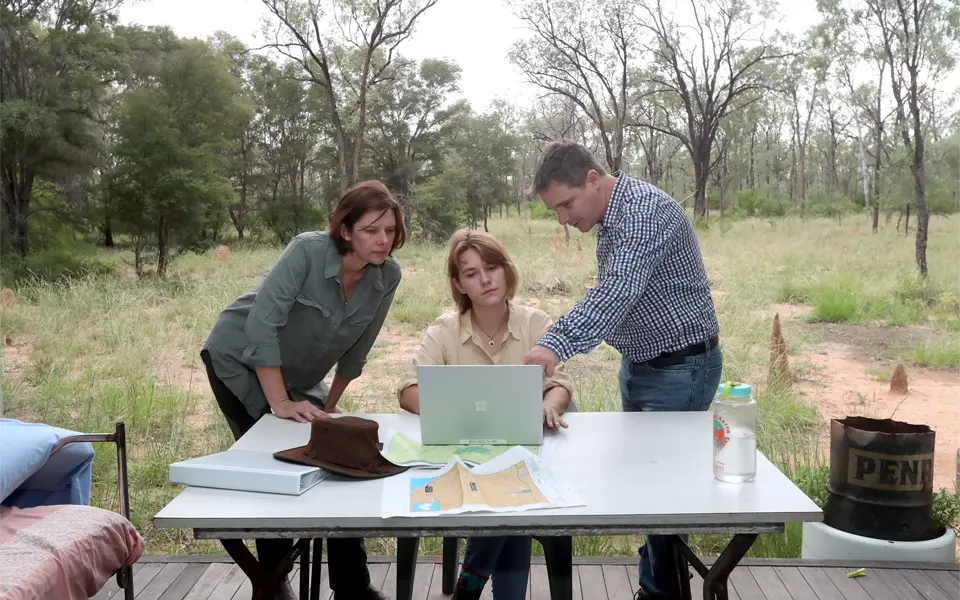
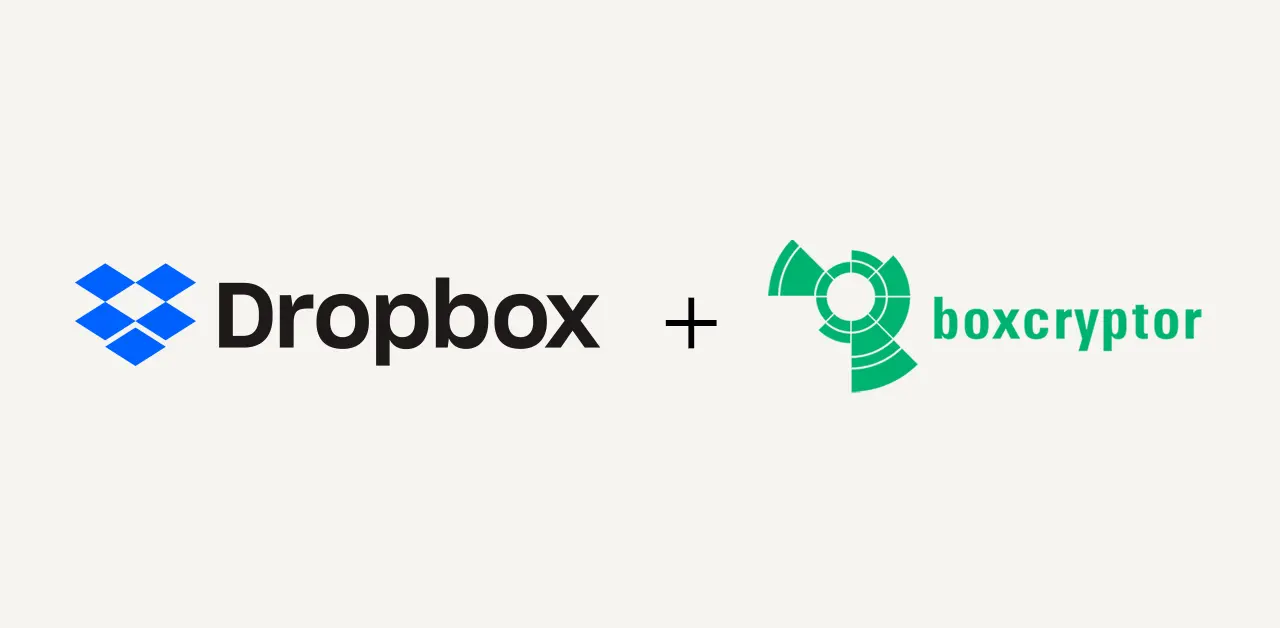
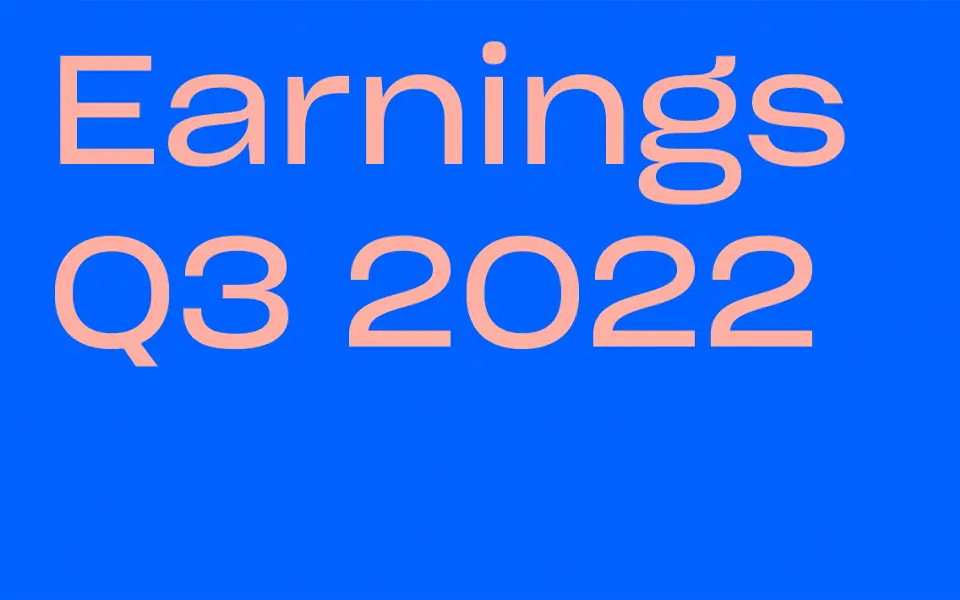





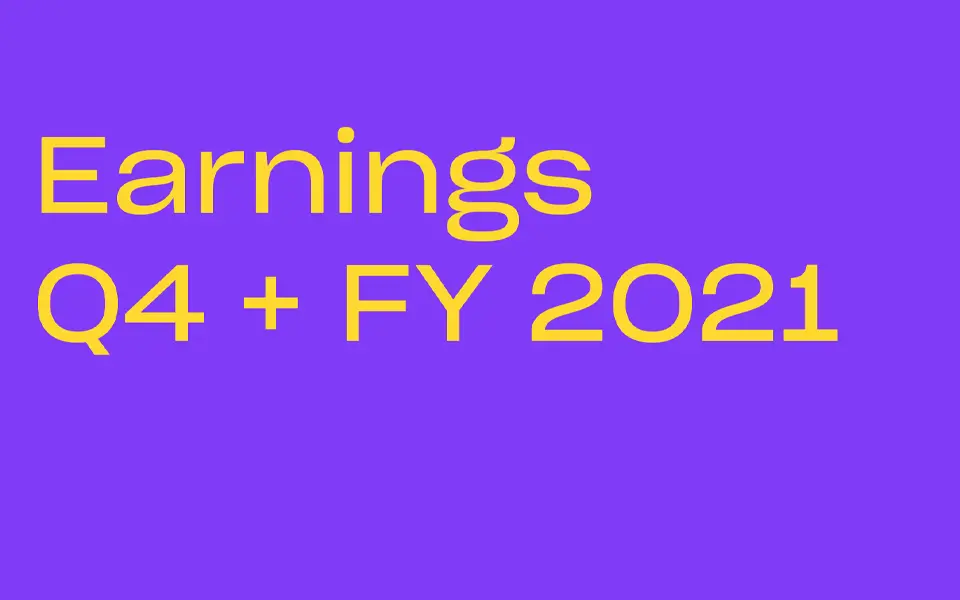
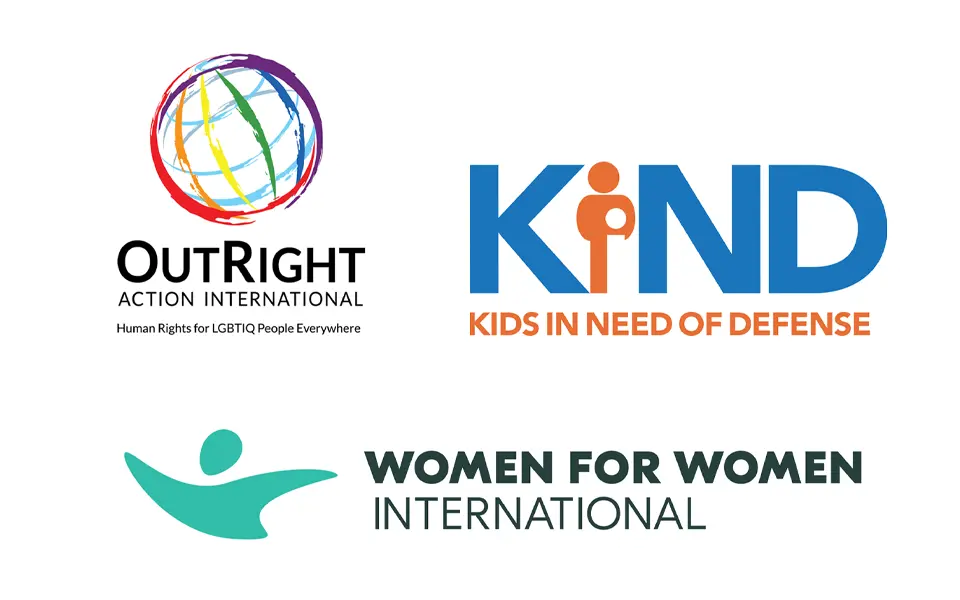
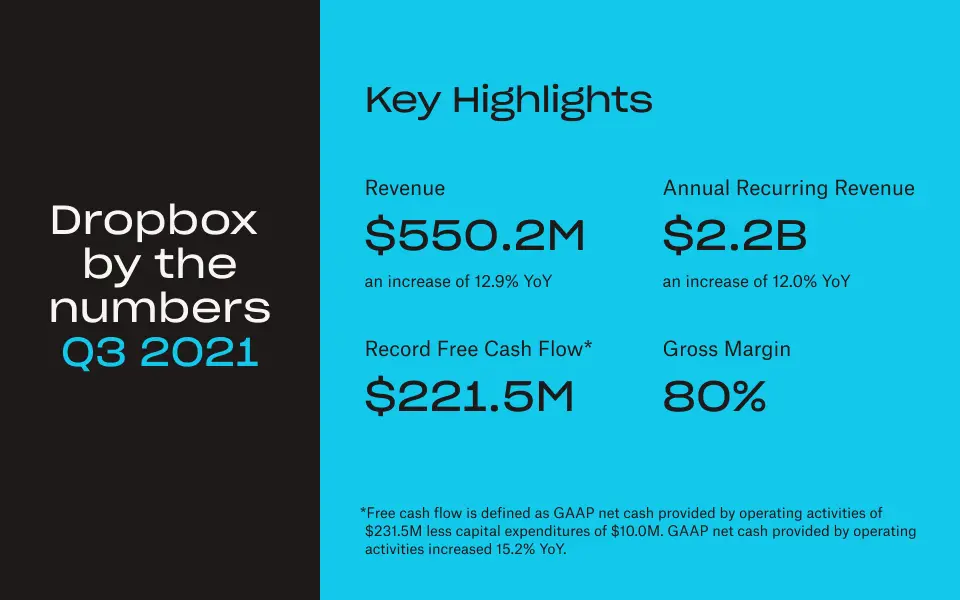

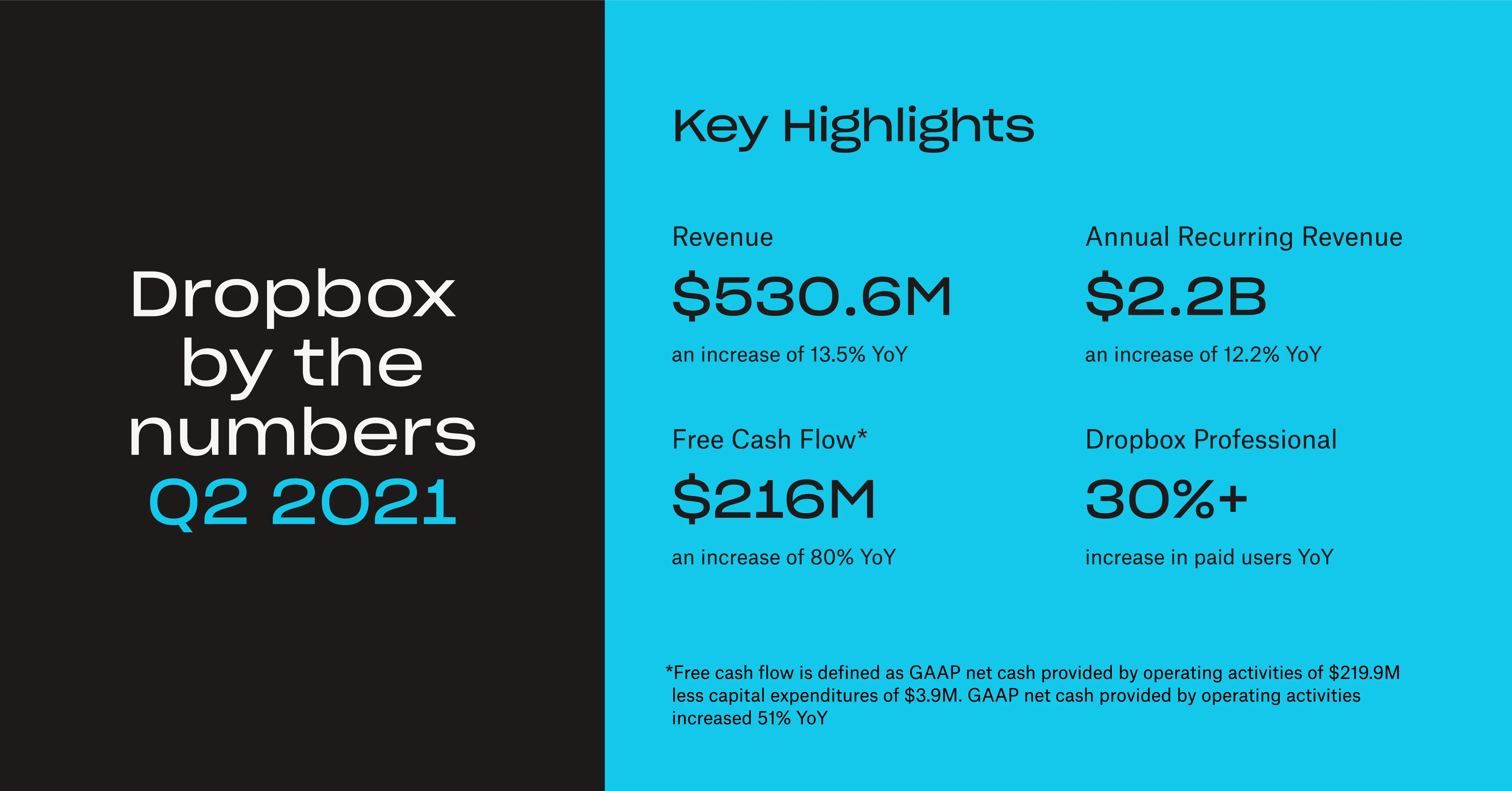


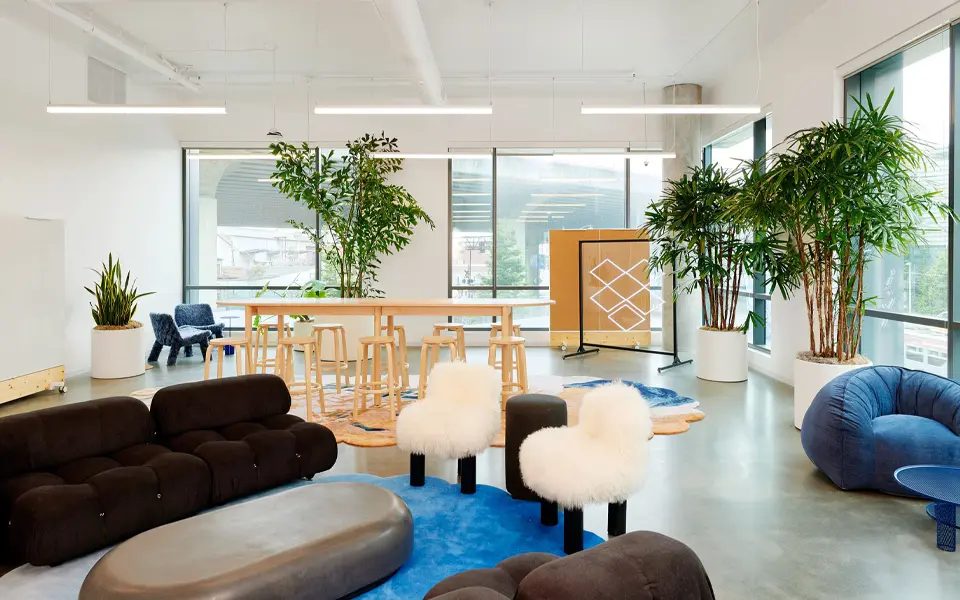


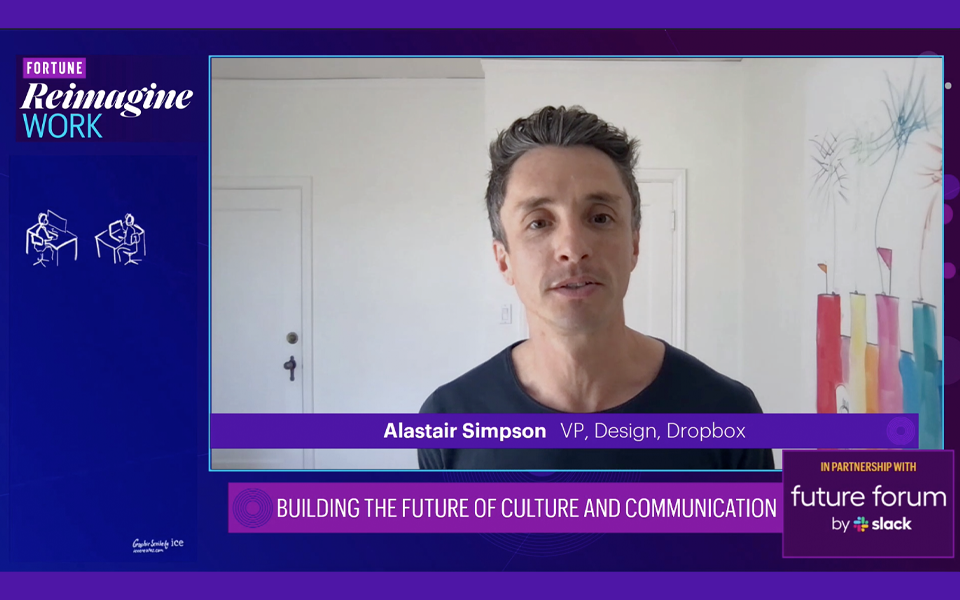
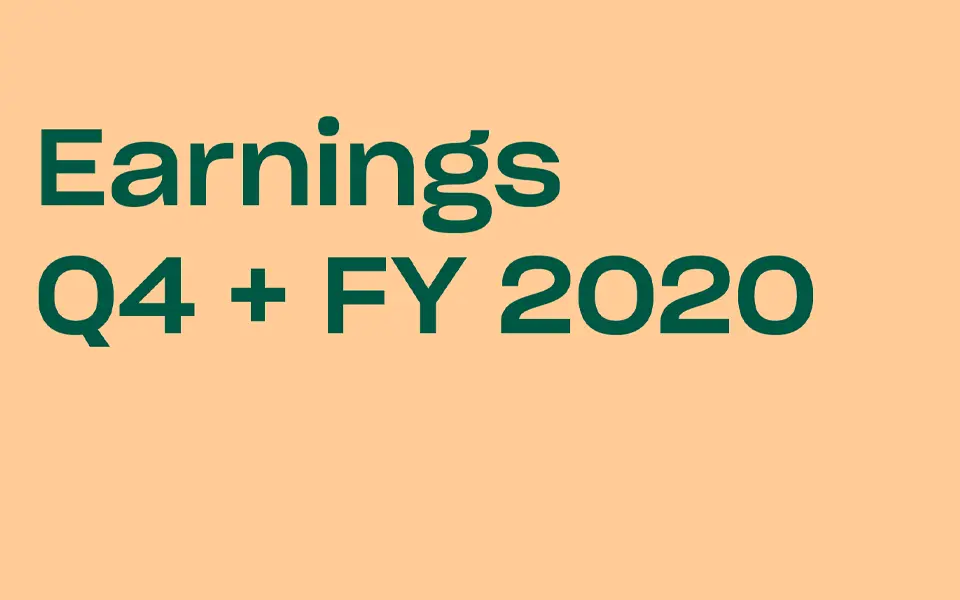

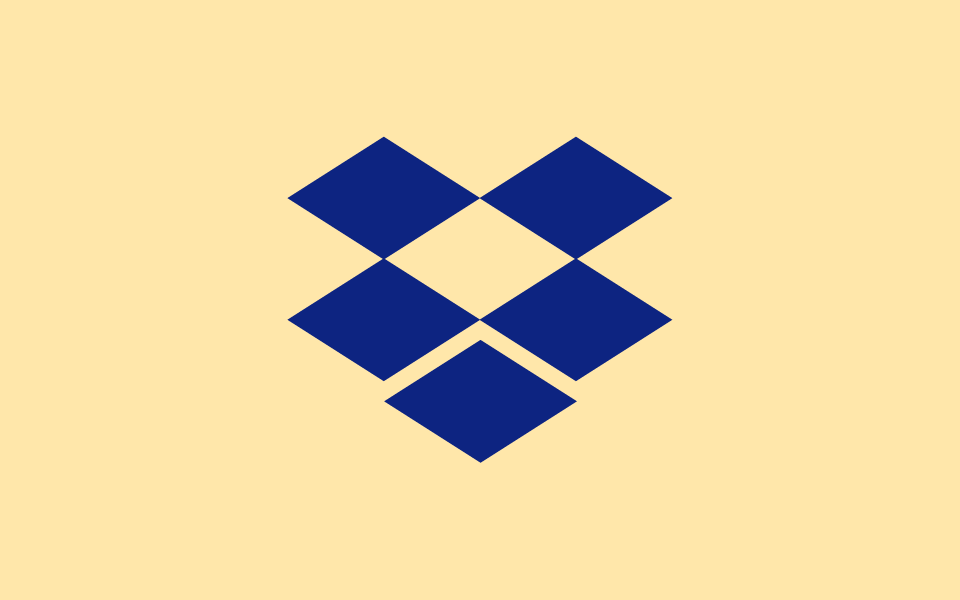




.png/_jcr_content/renditions/blog_(960x960).webp)
